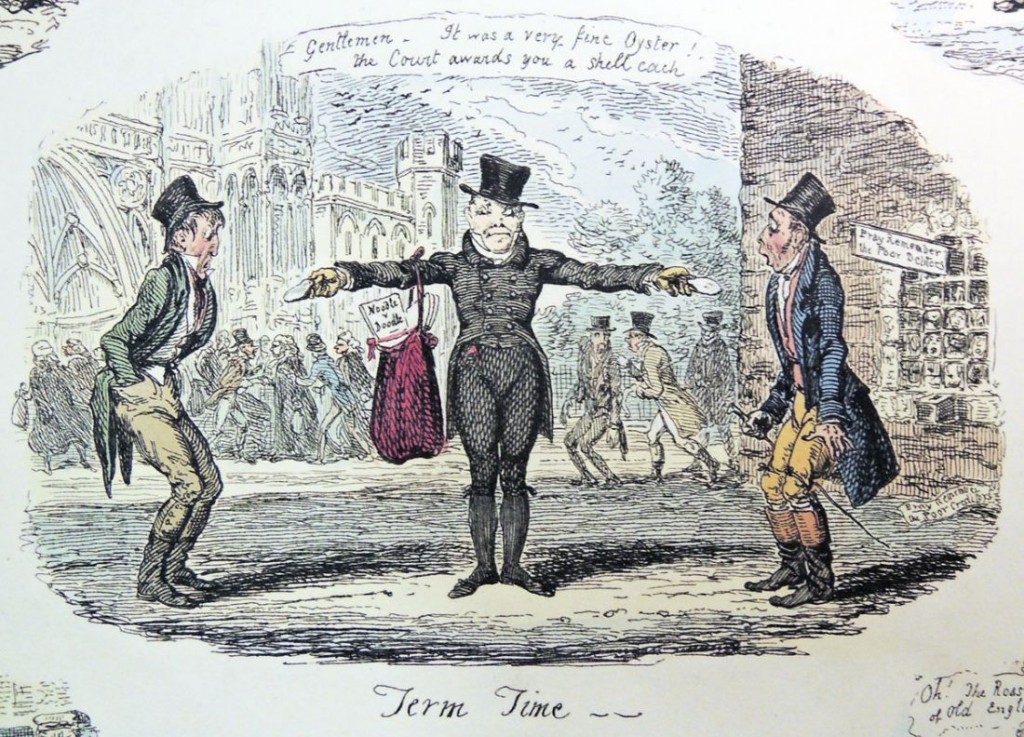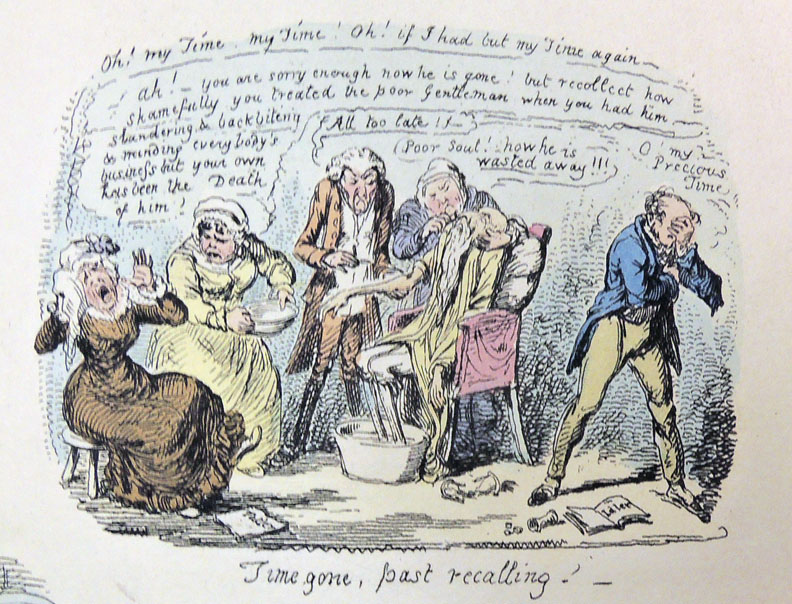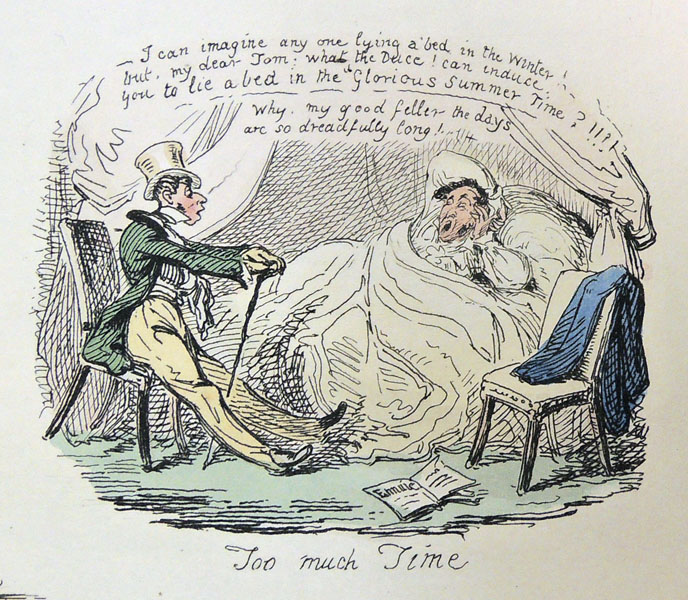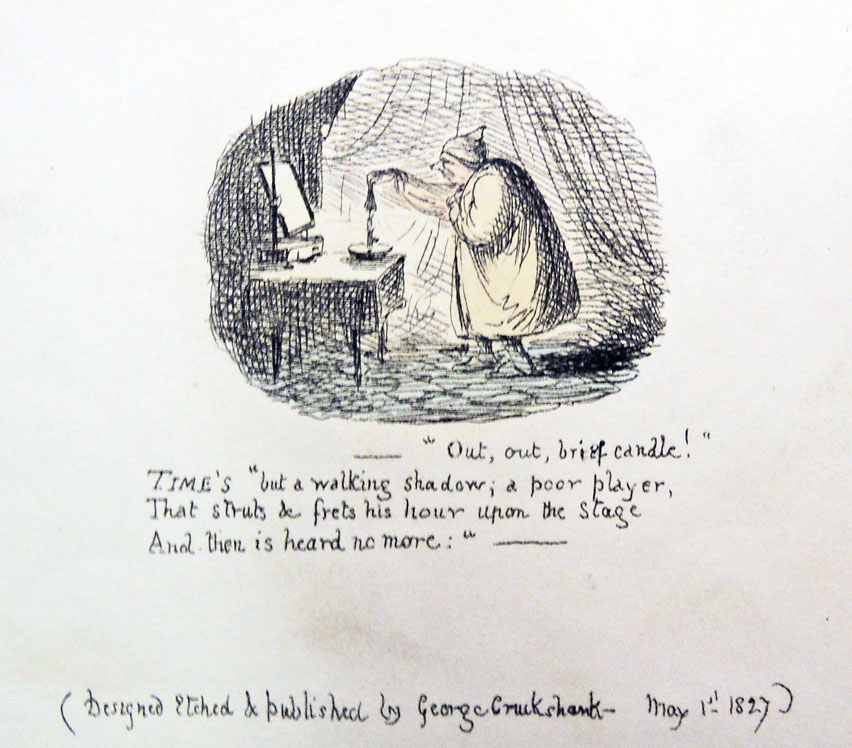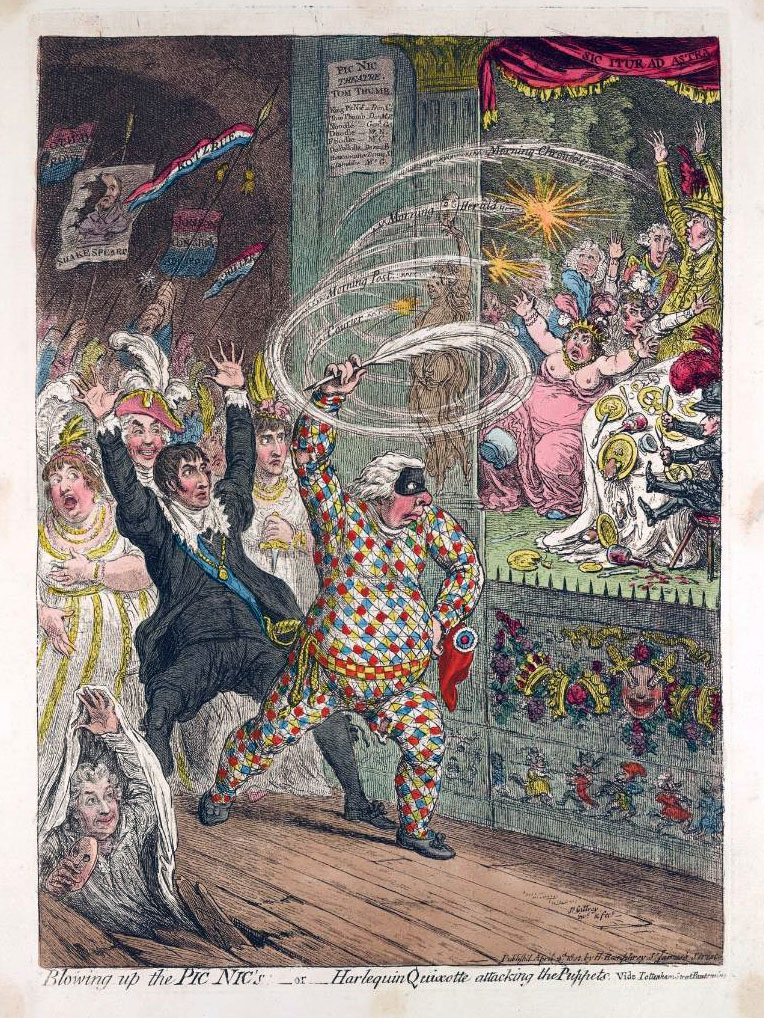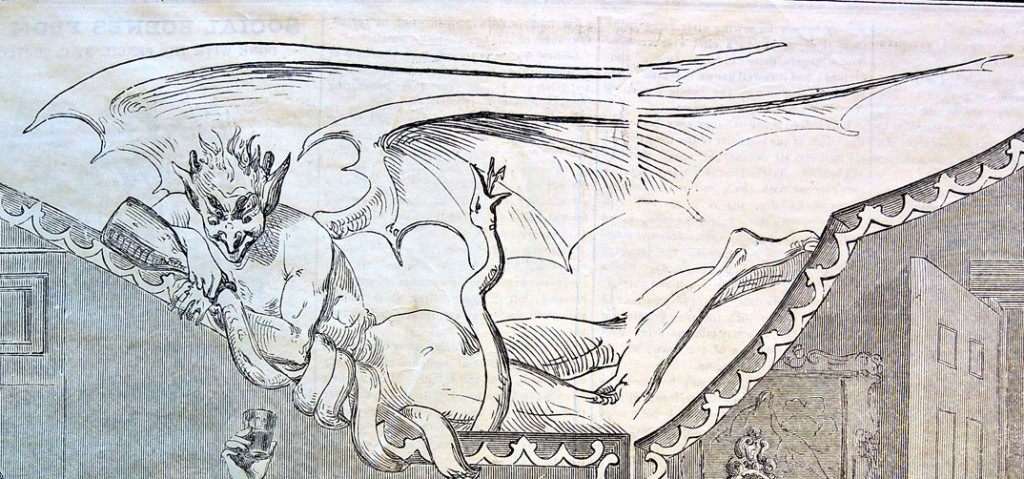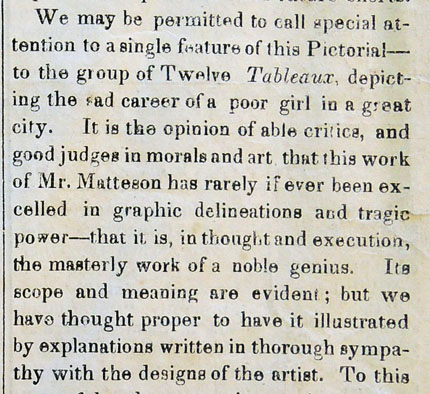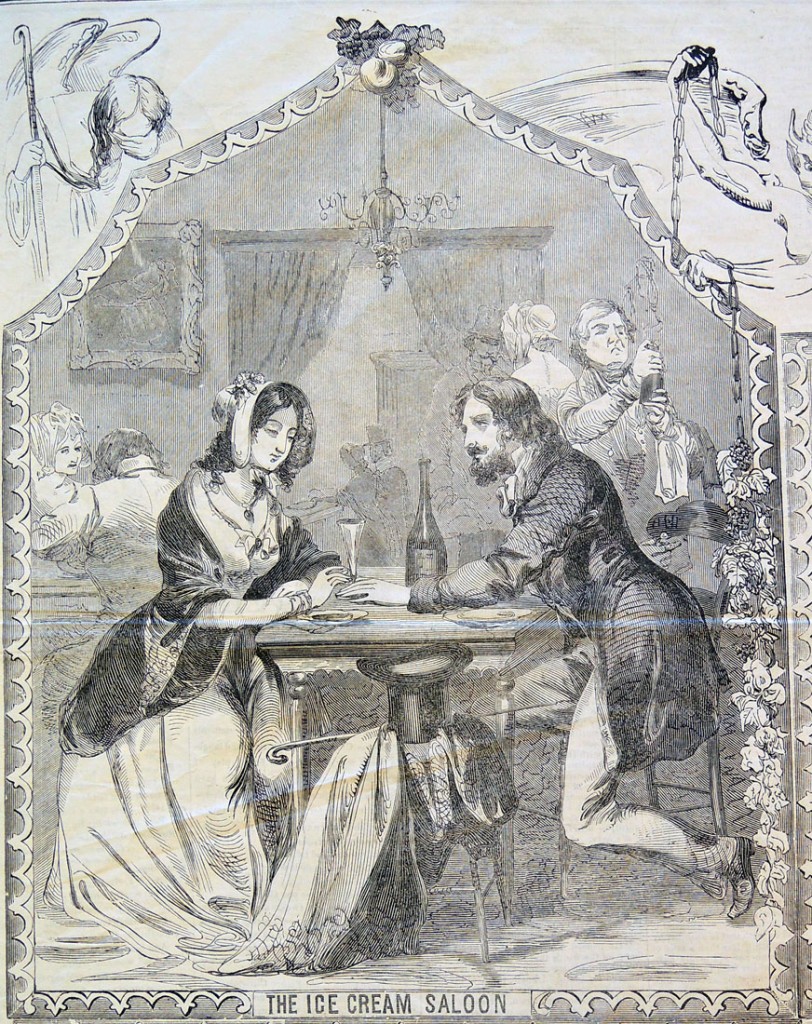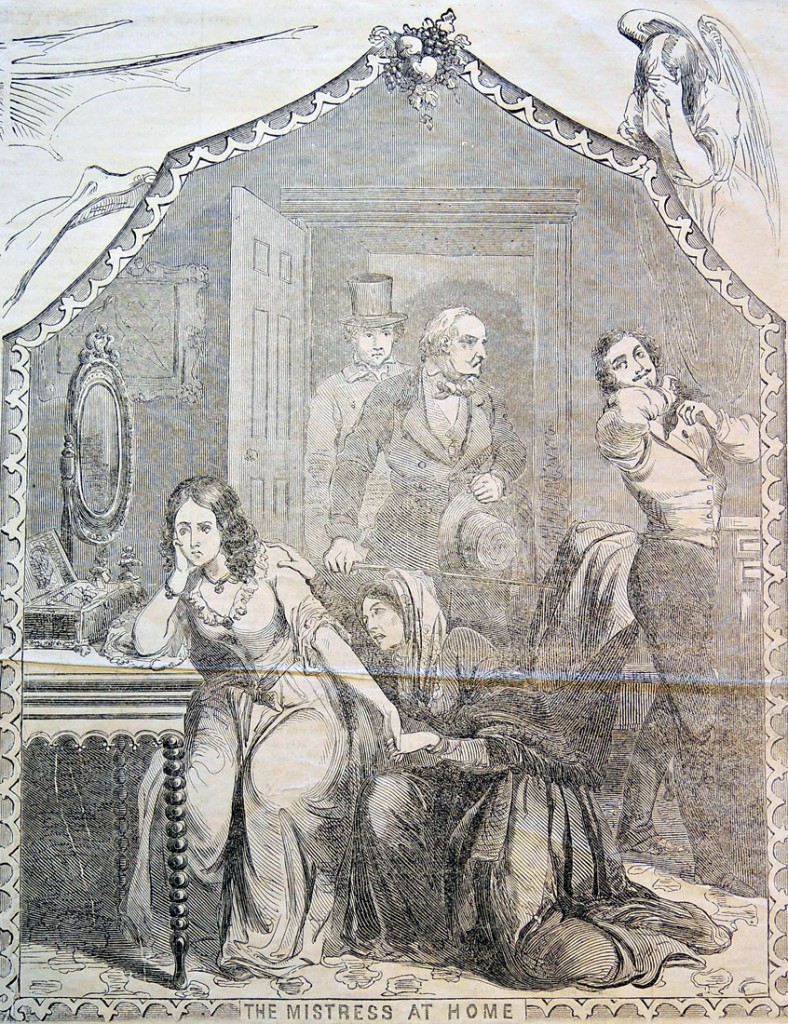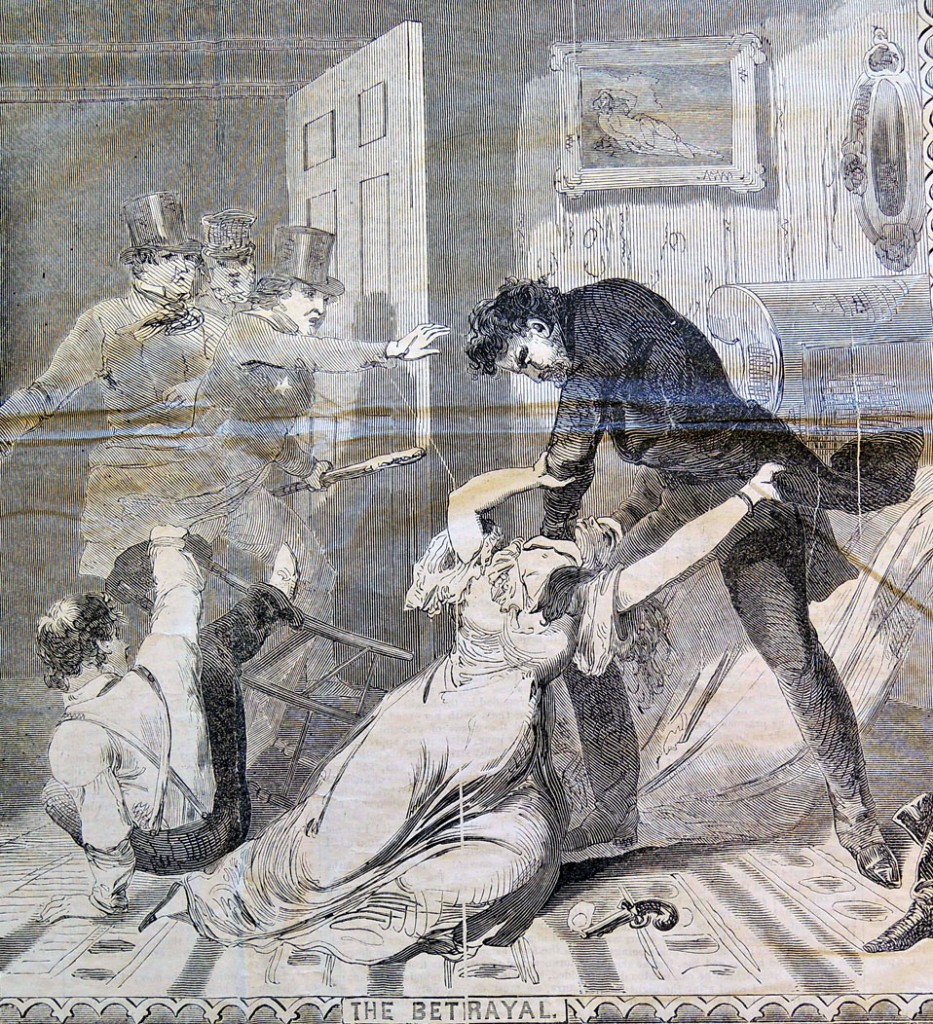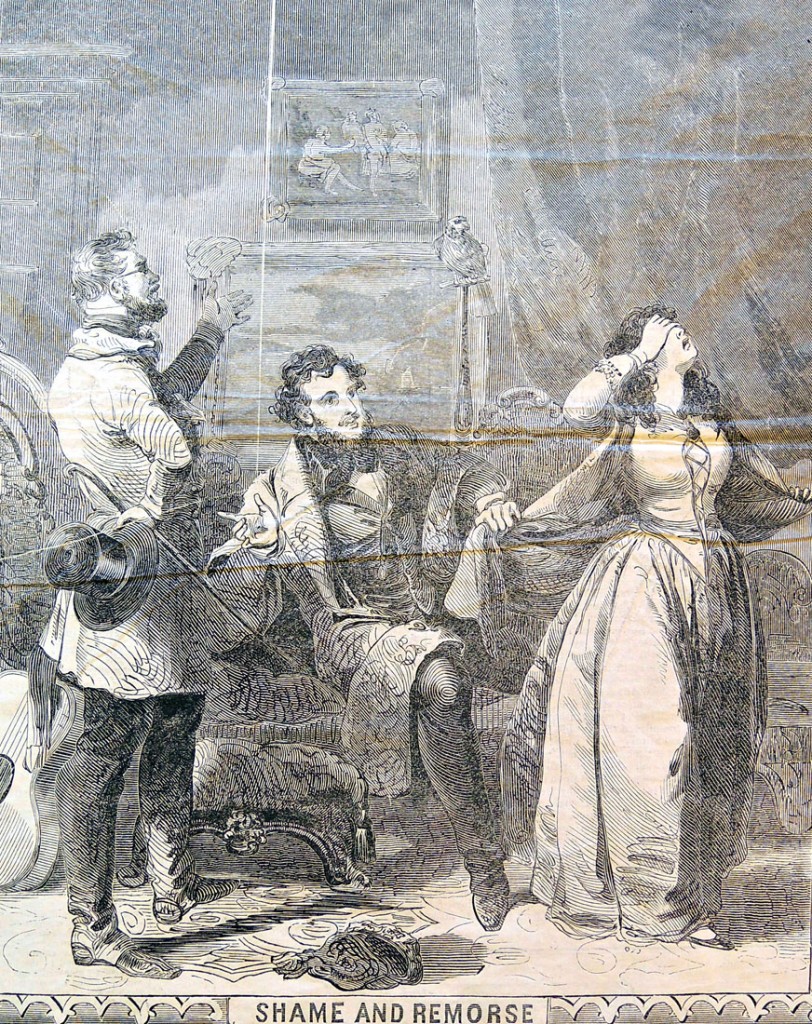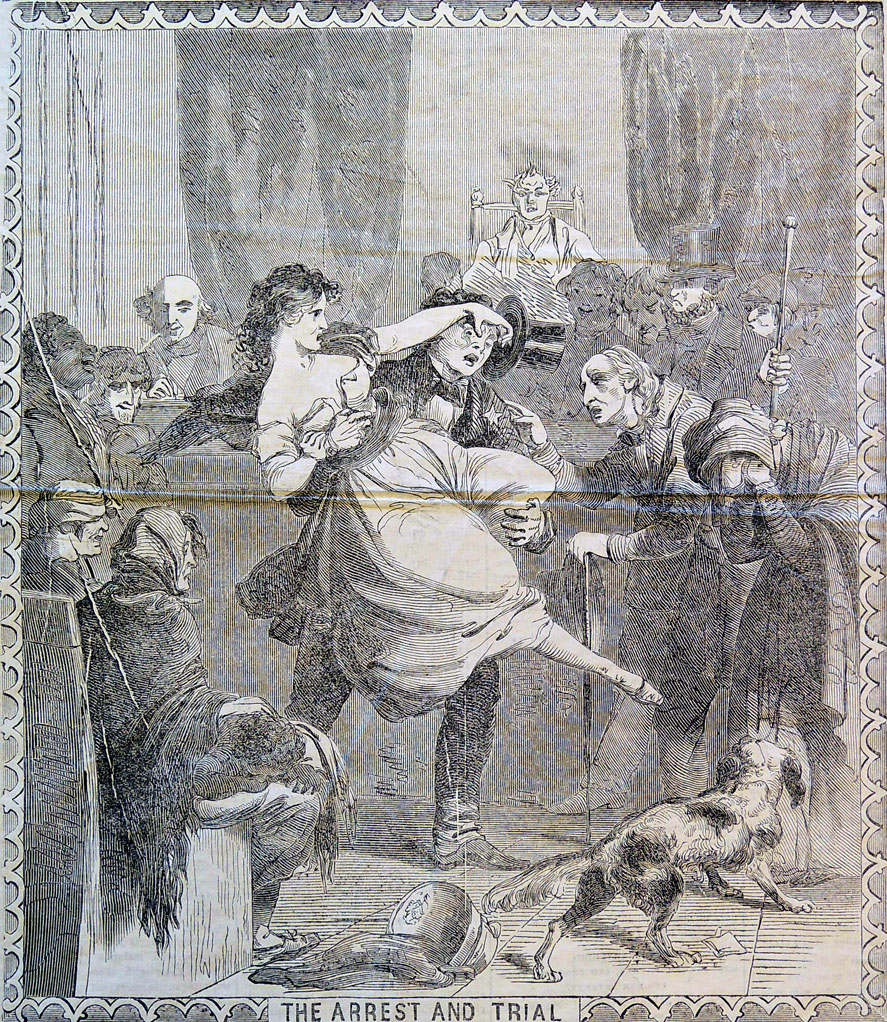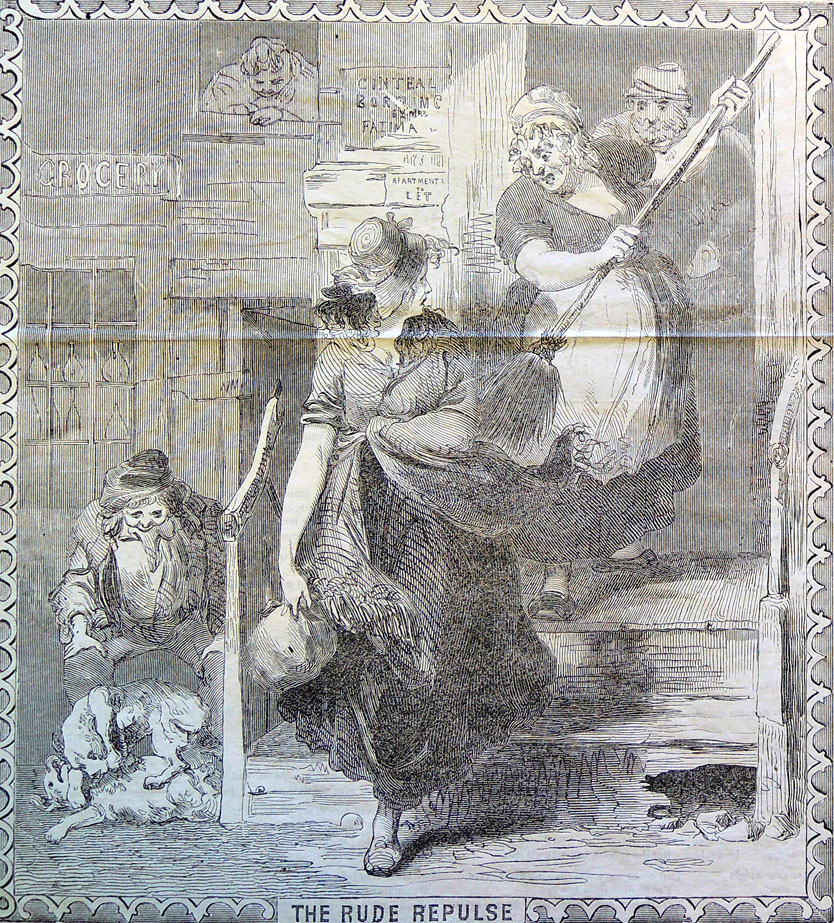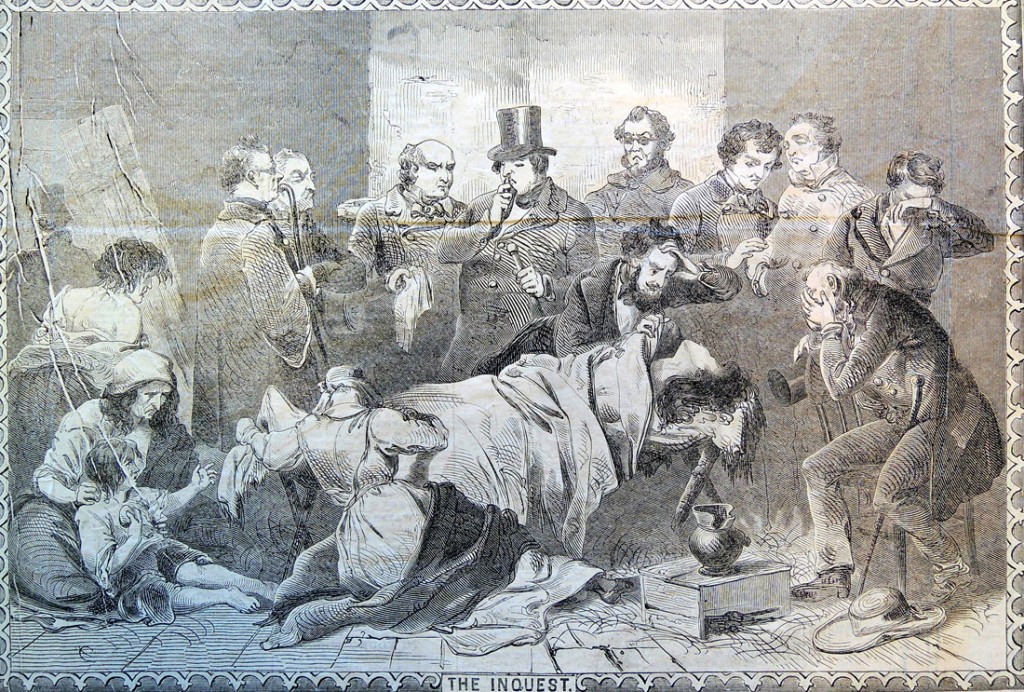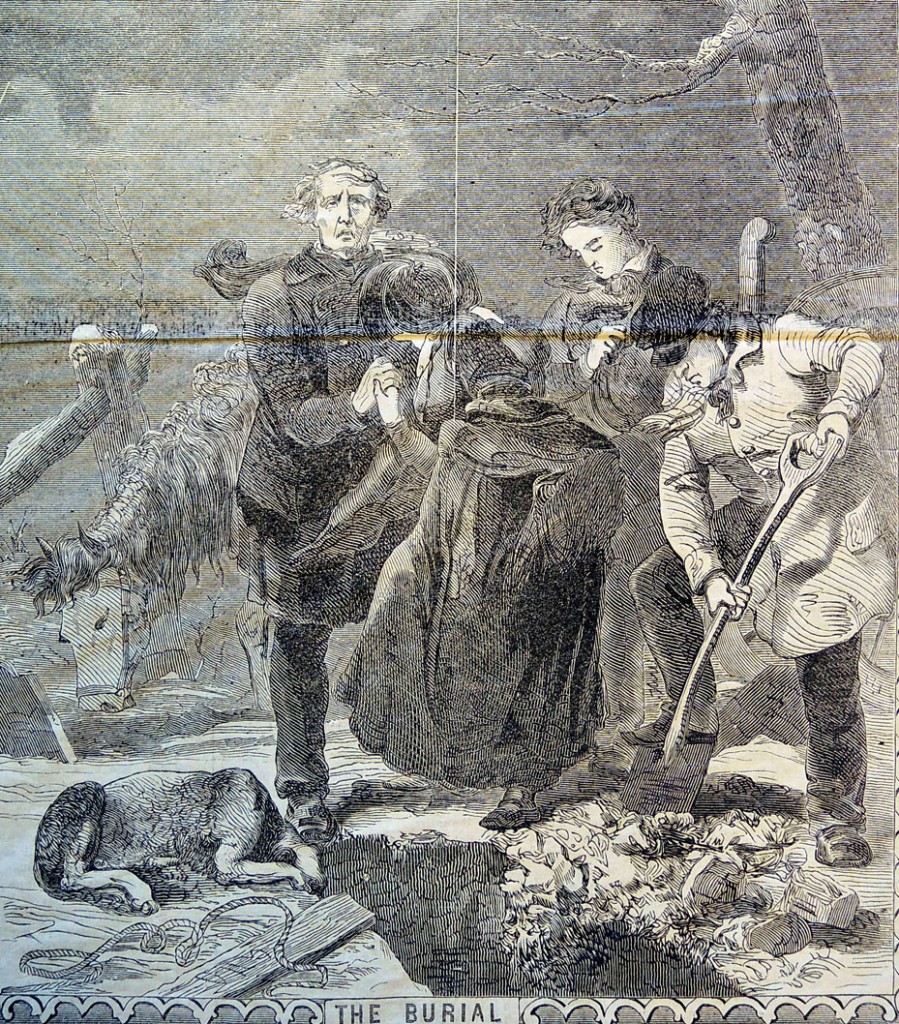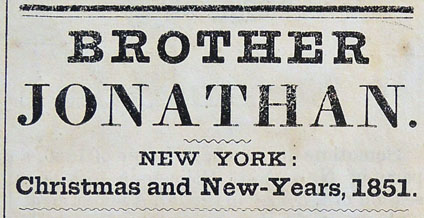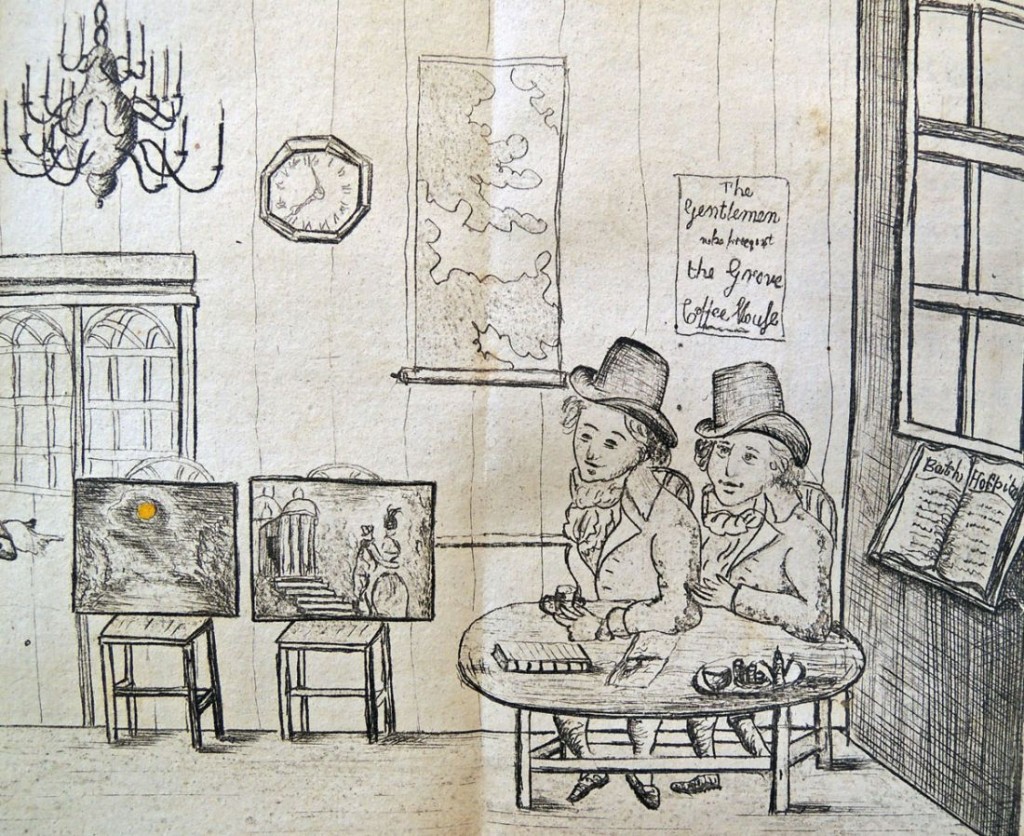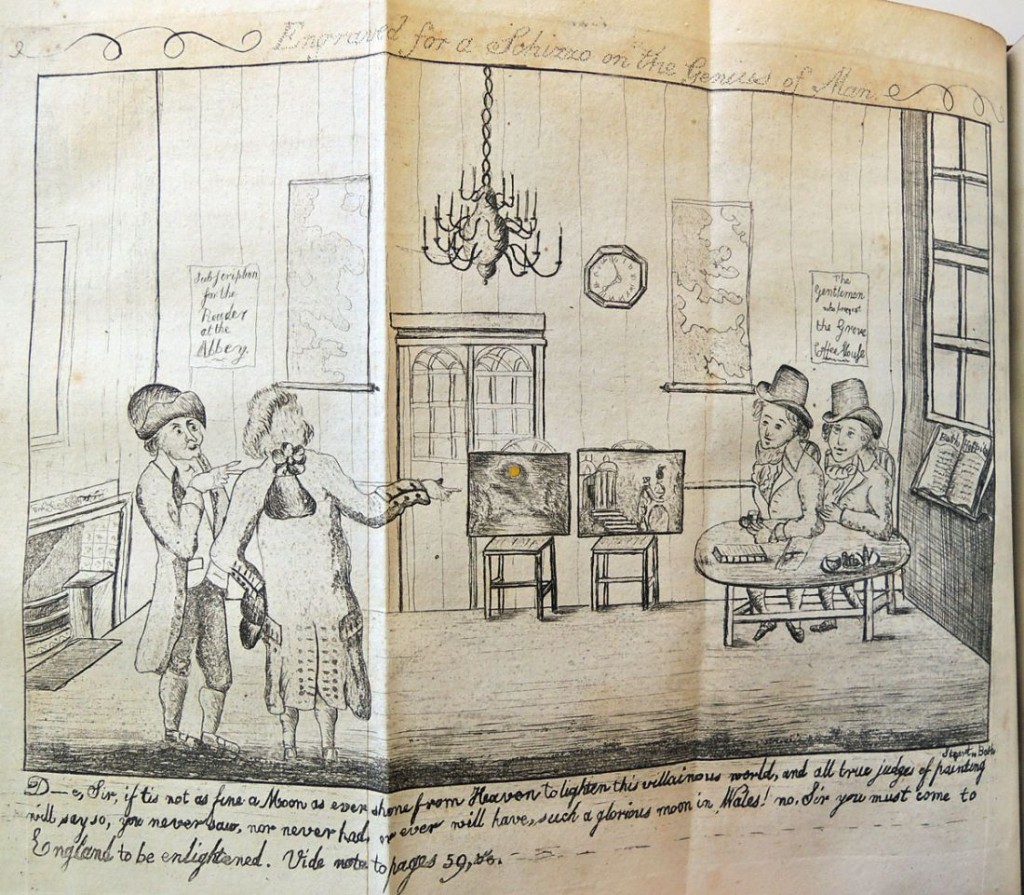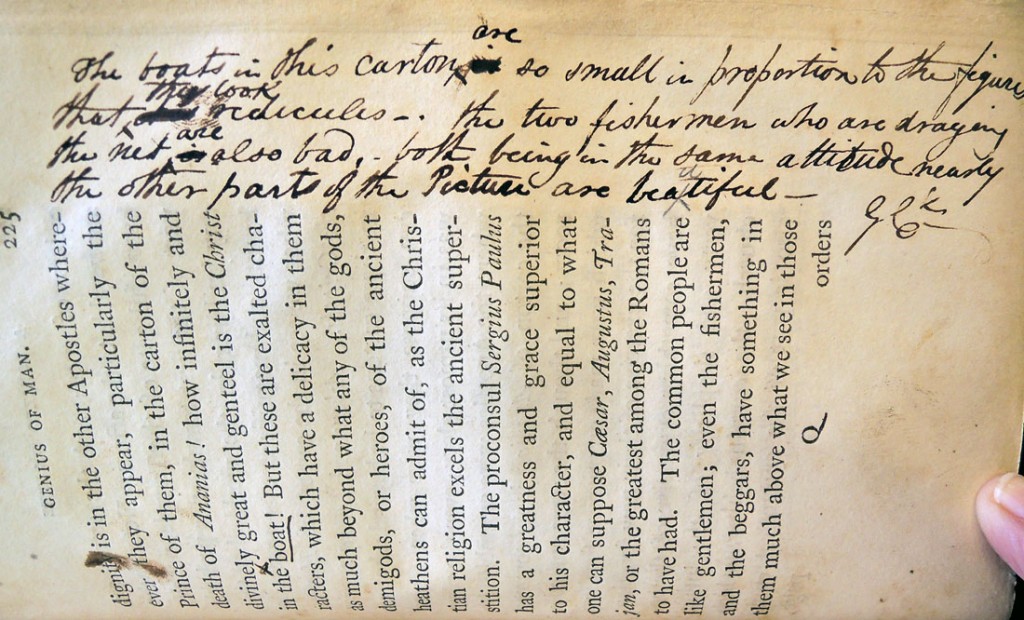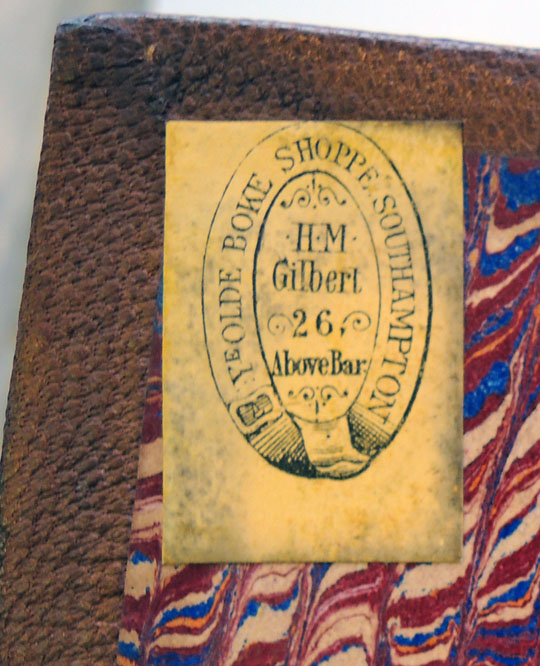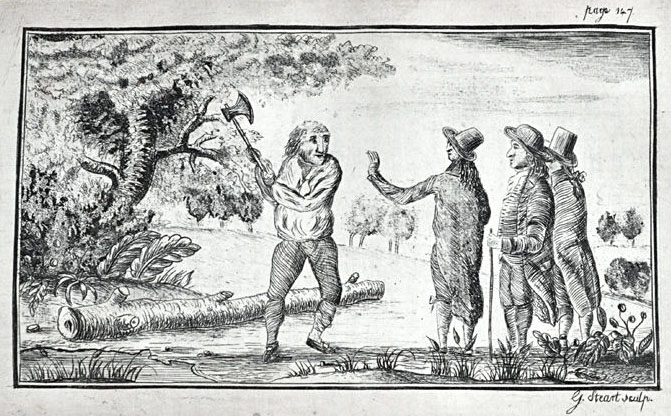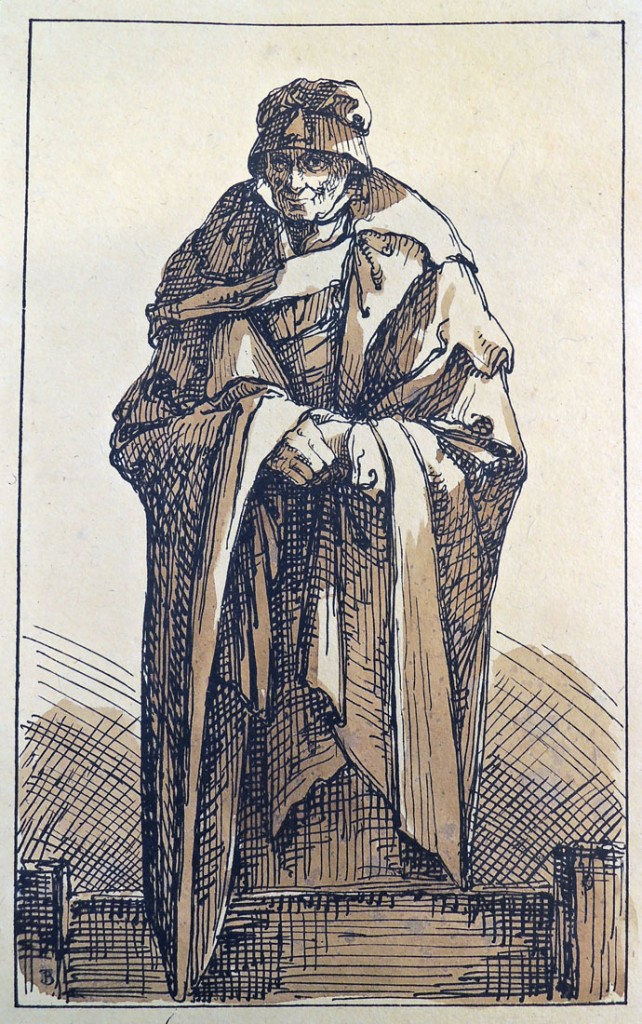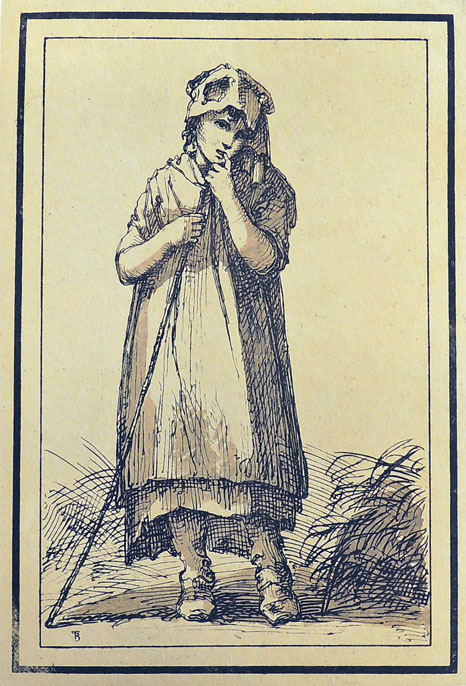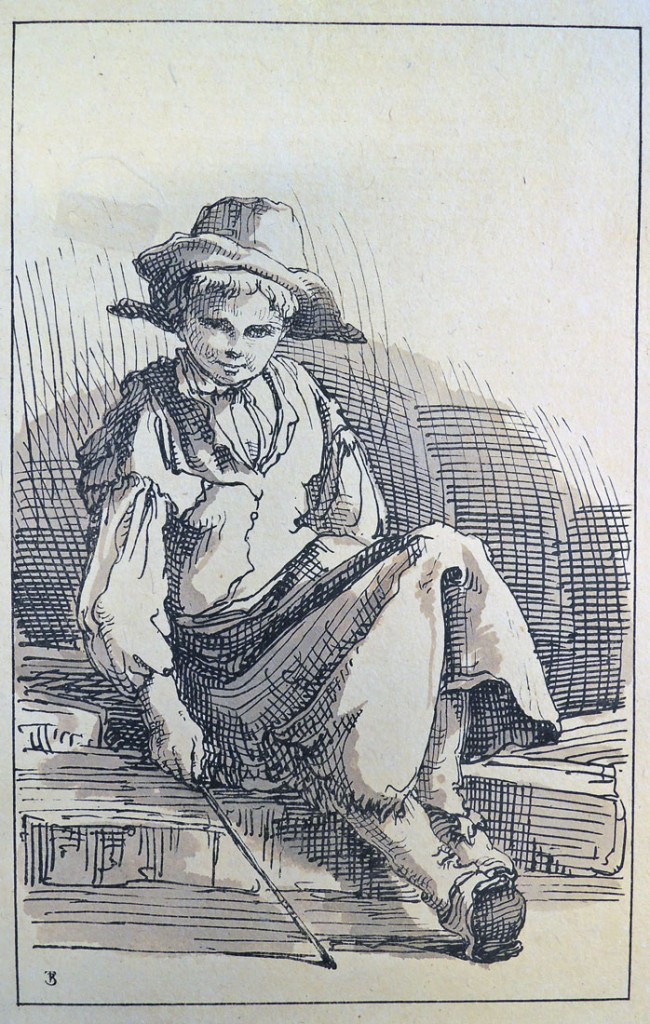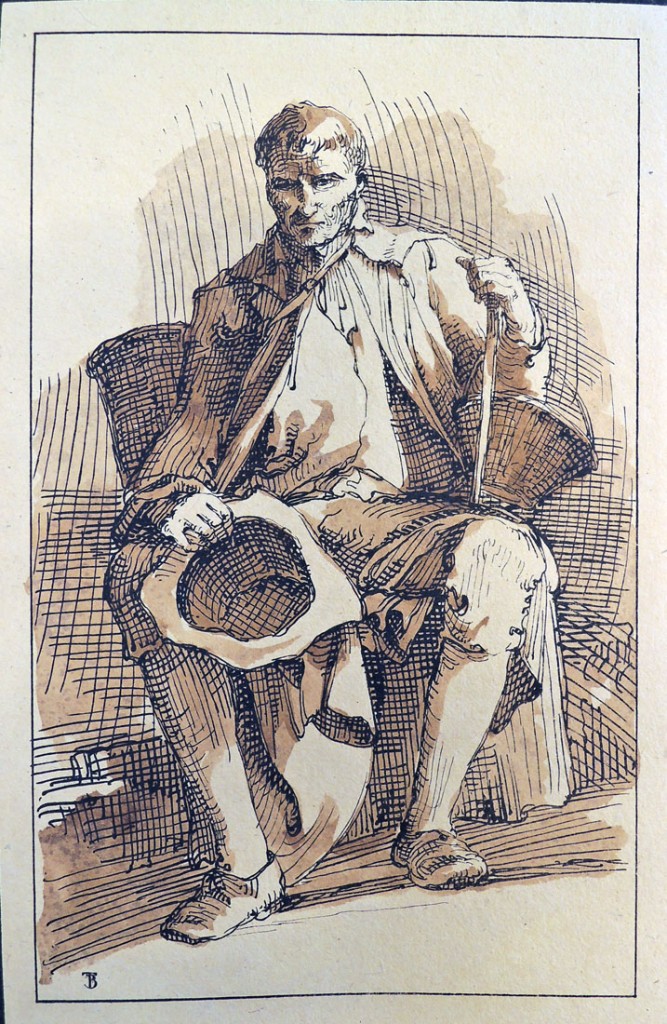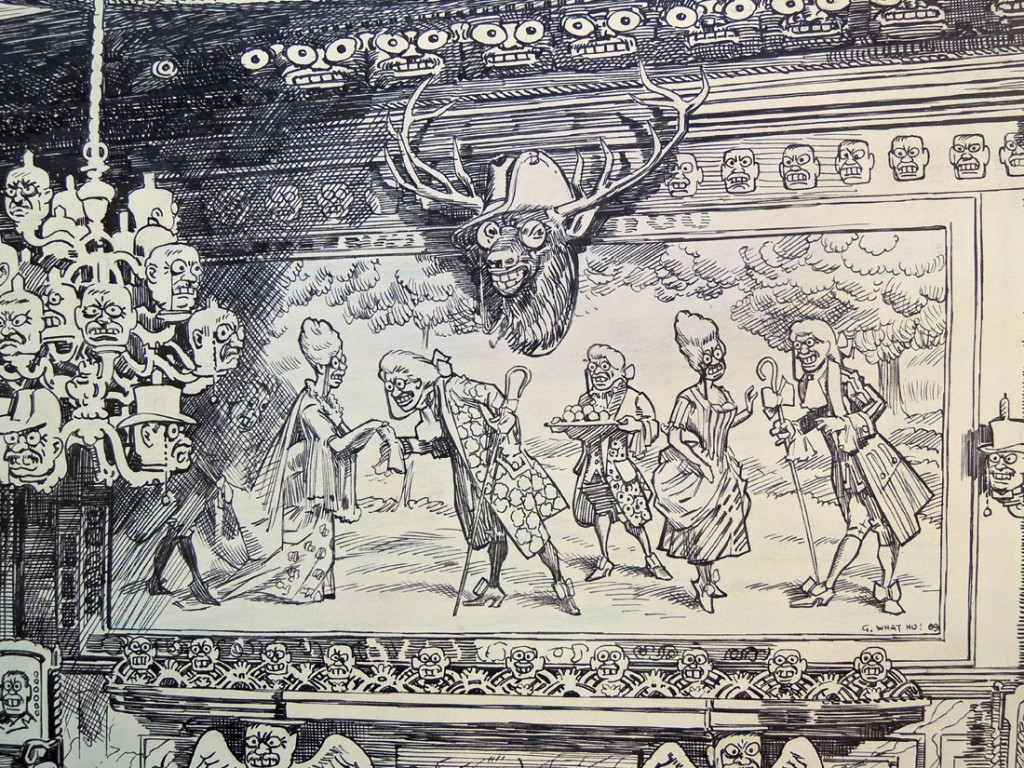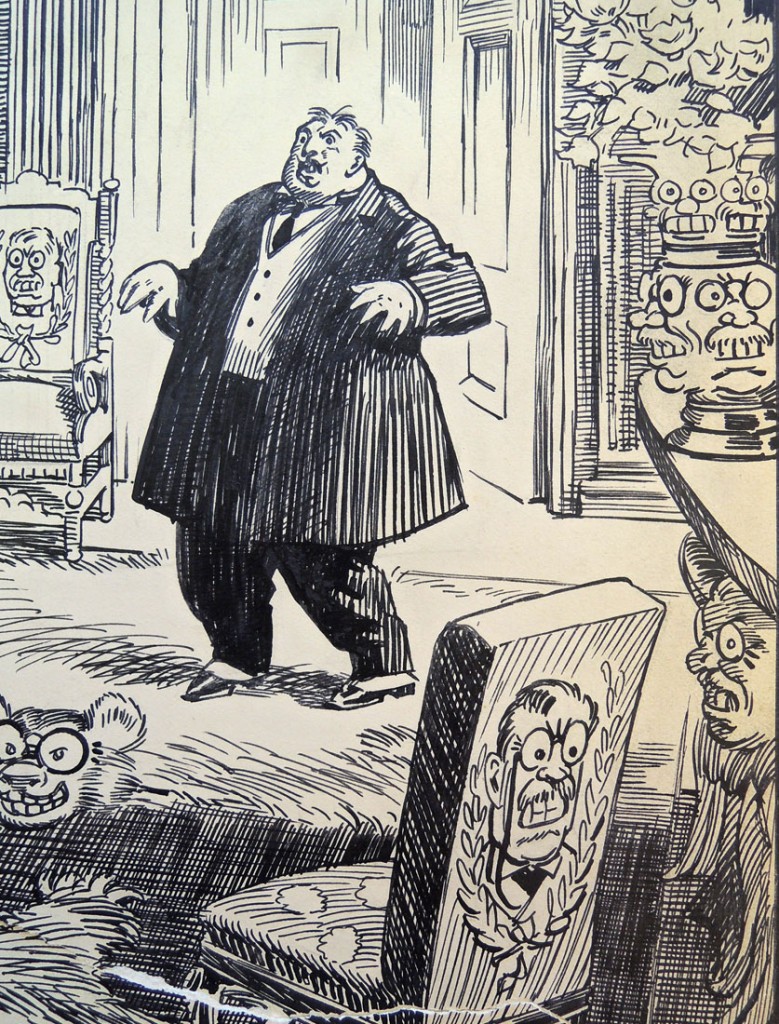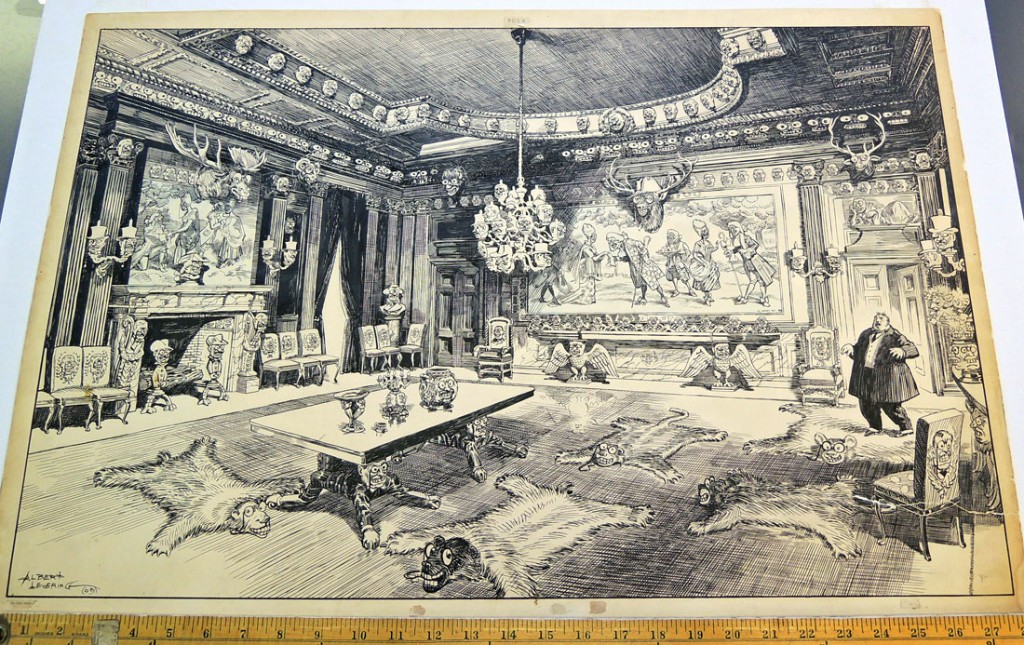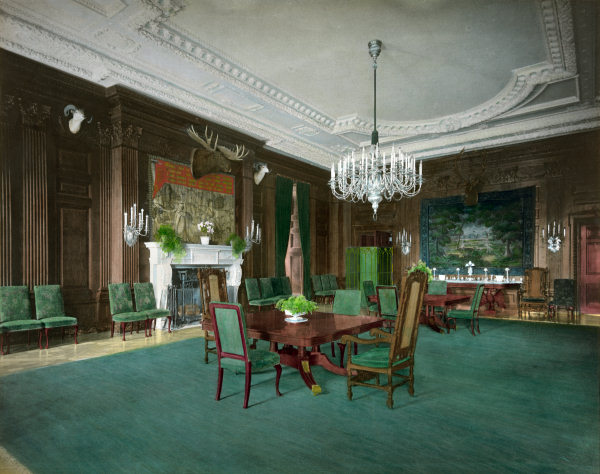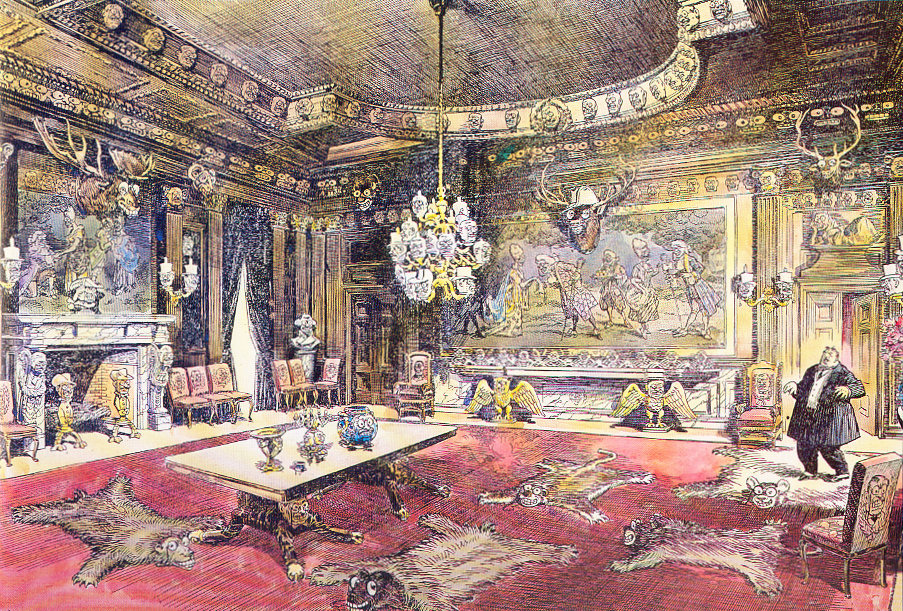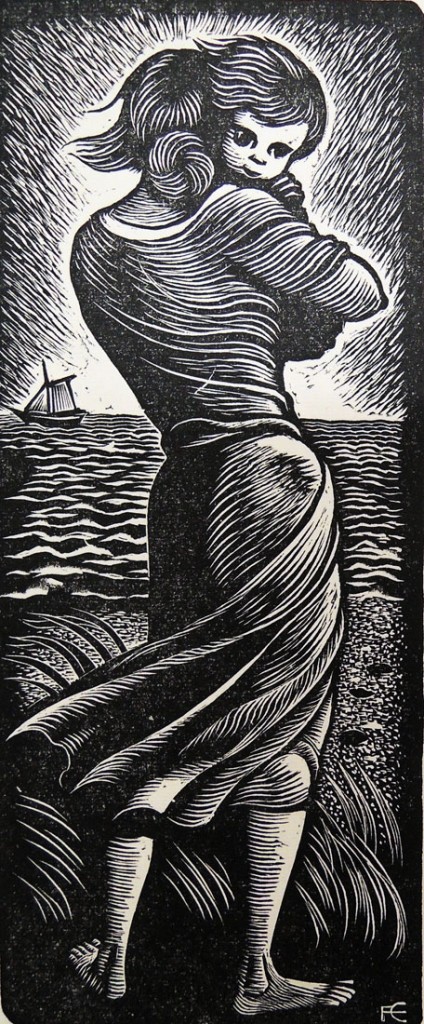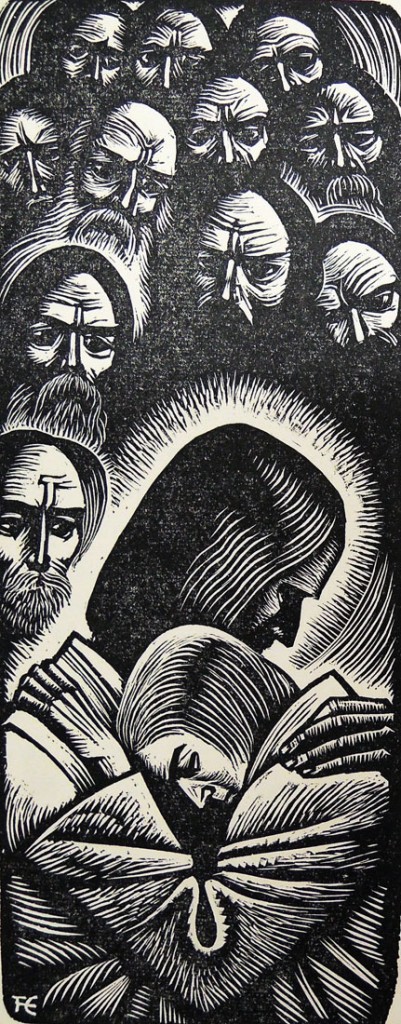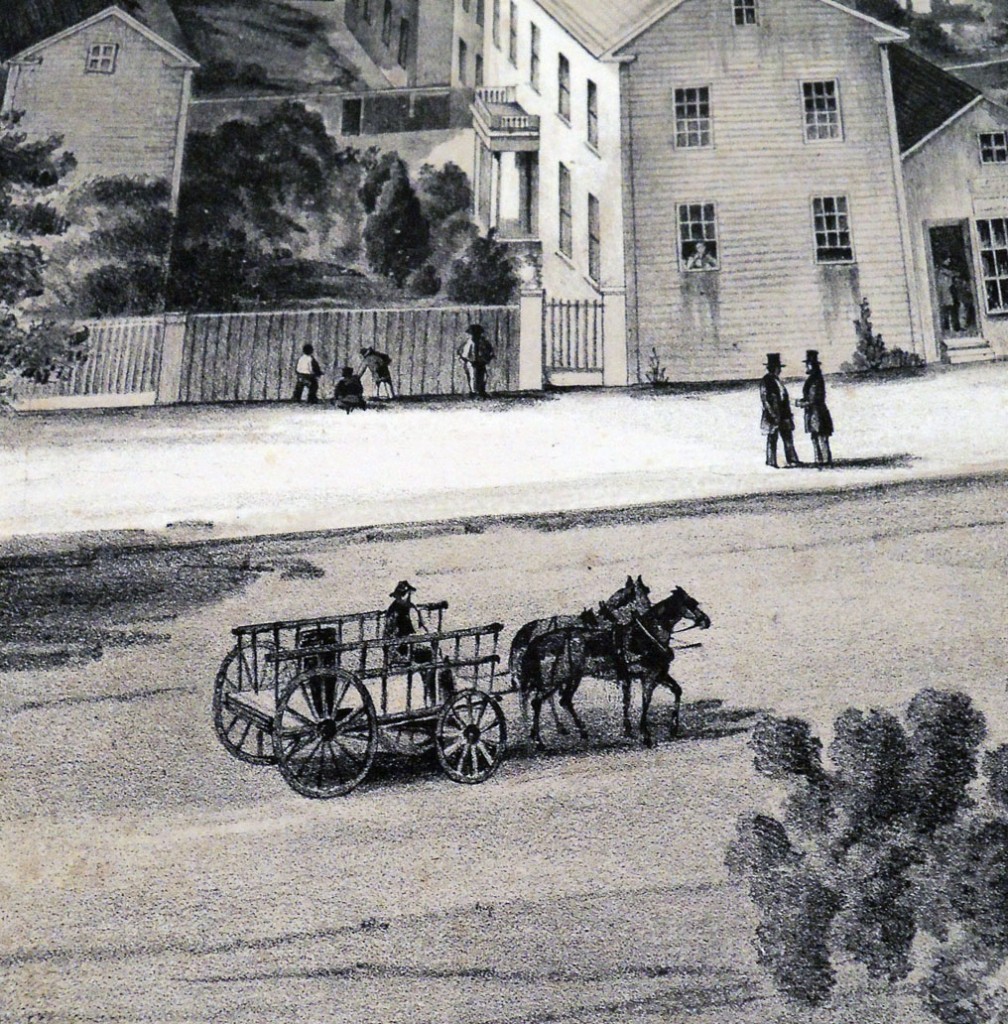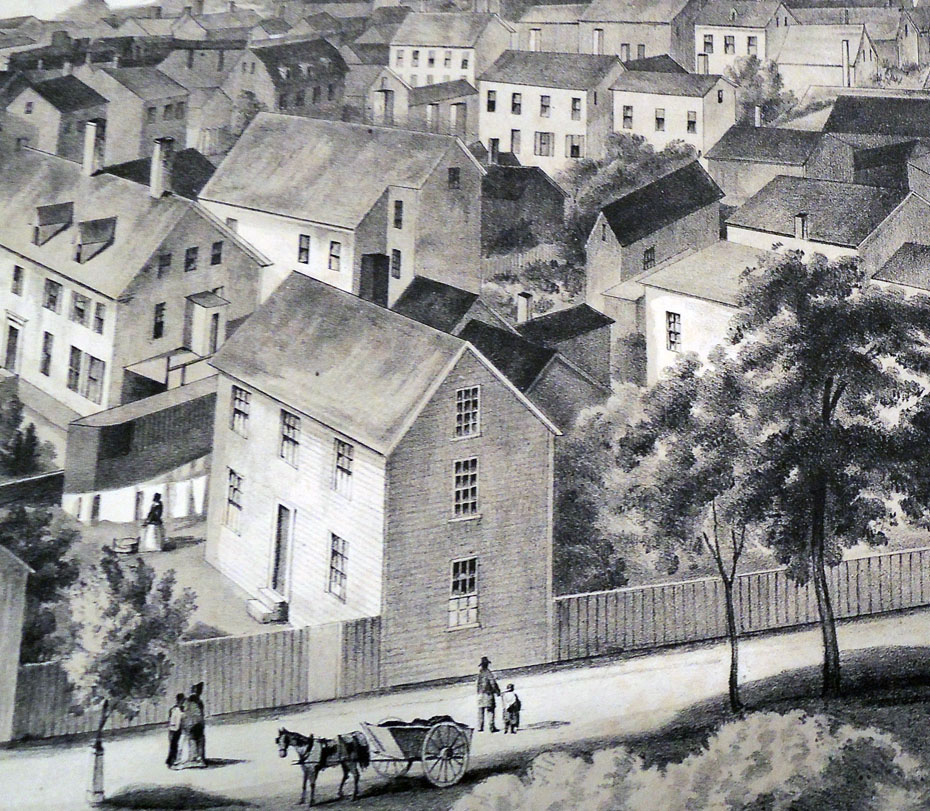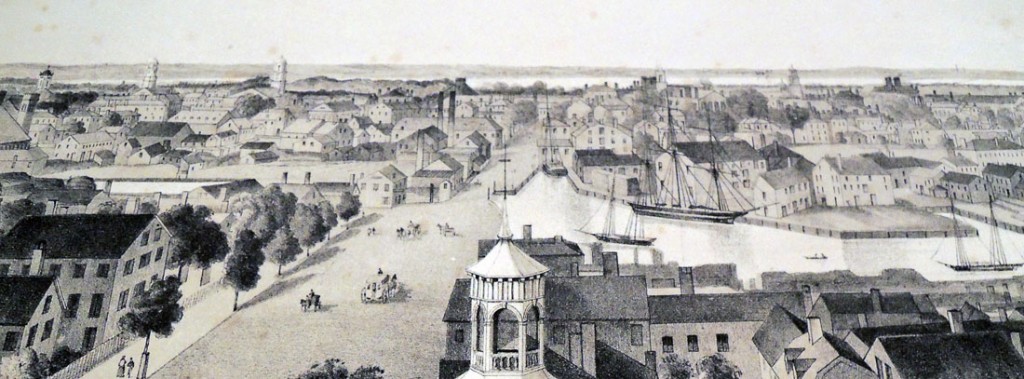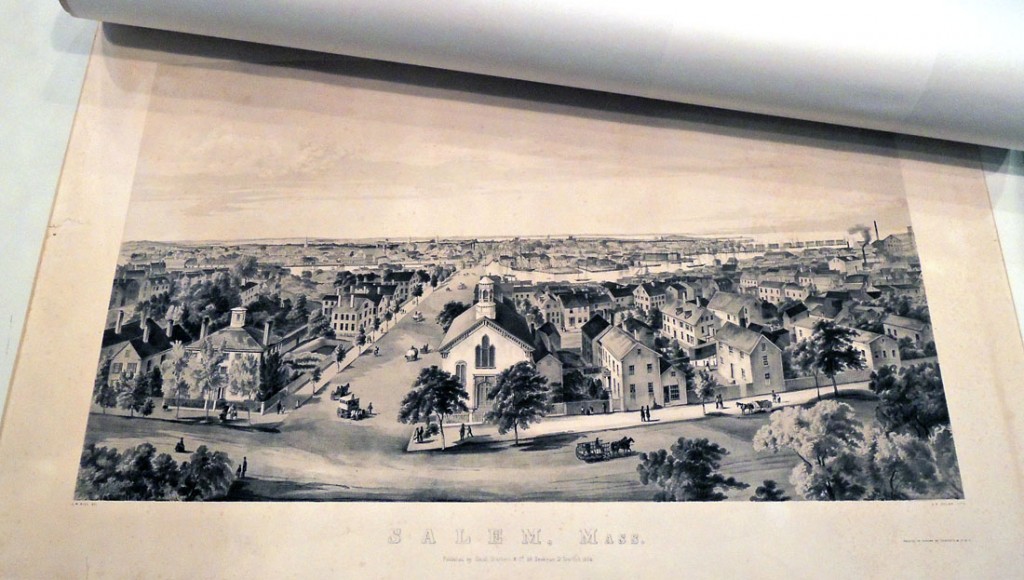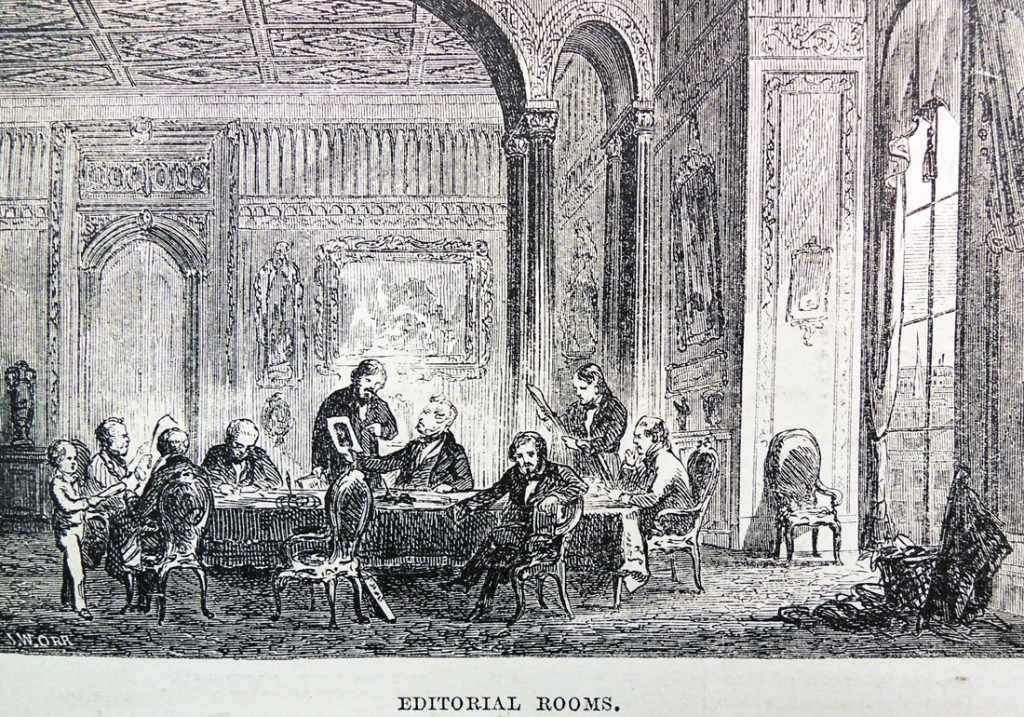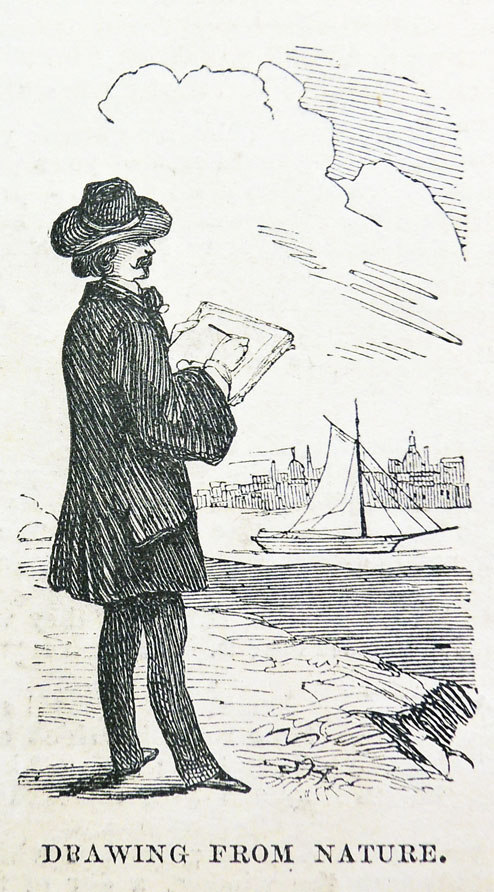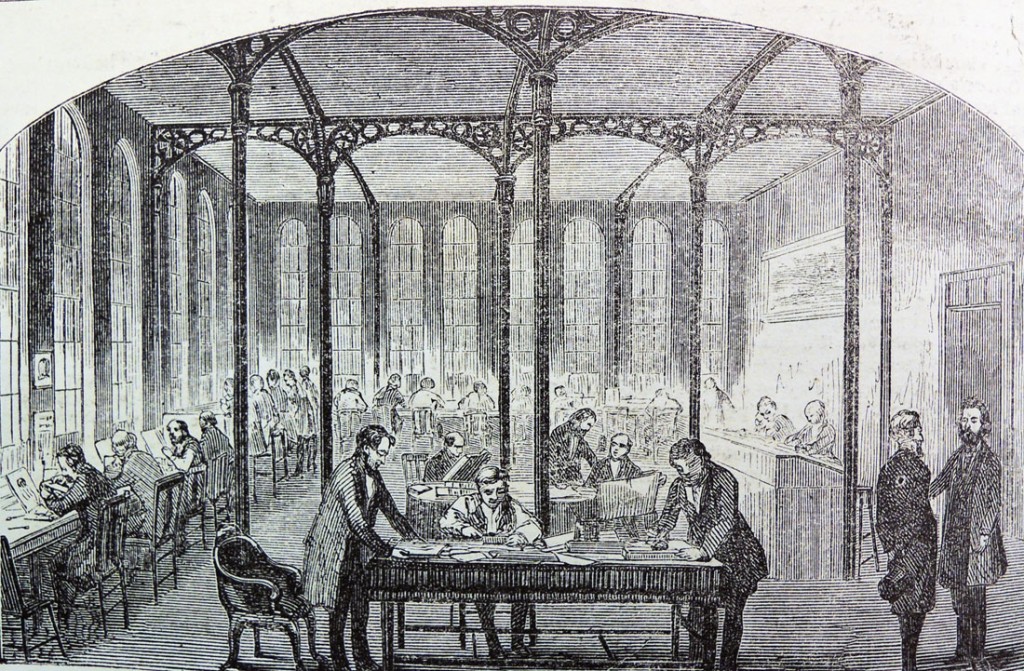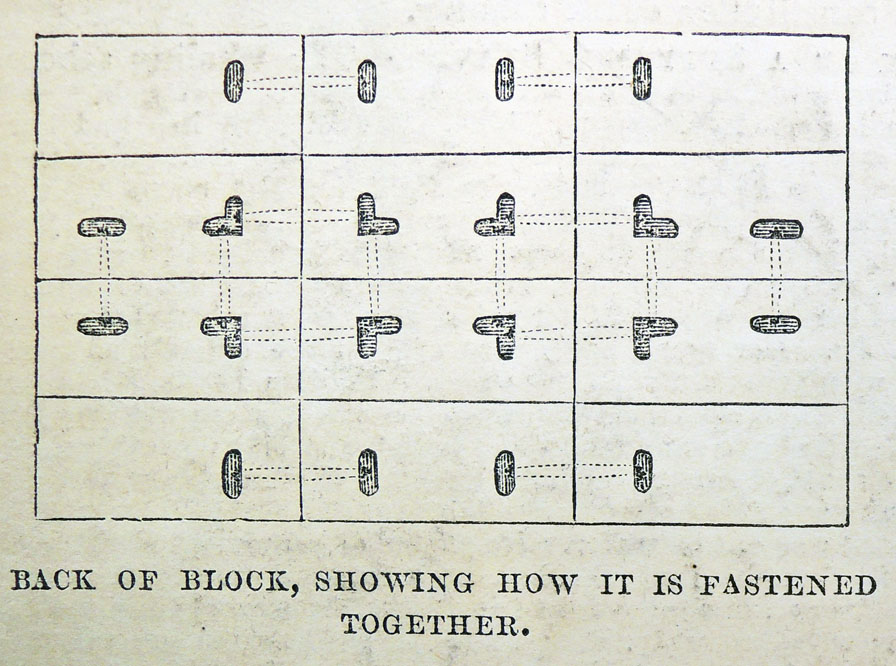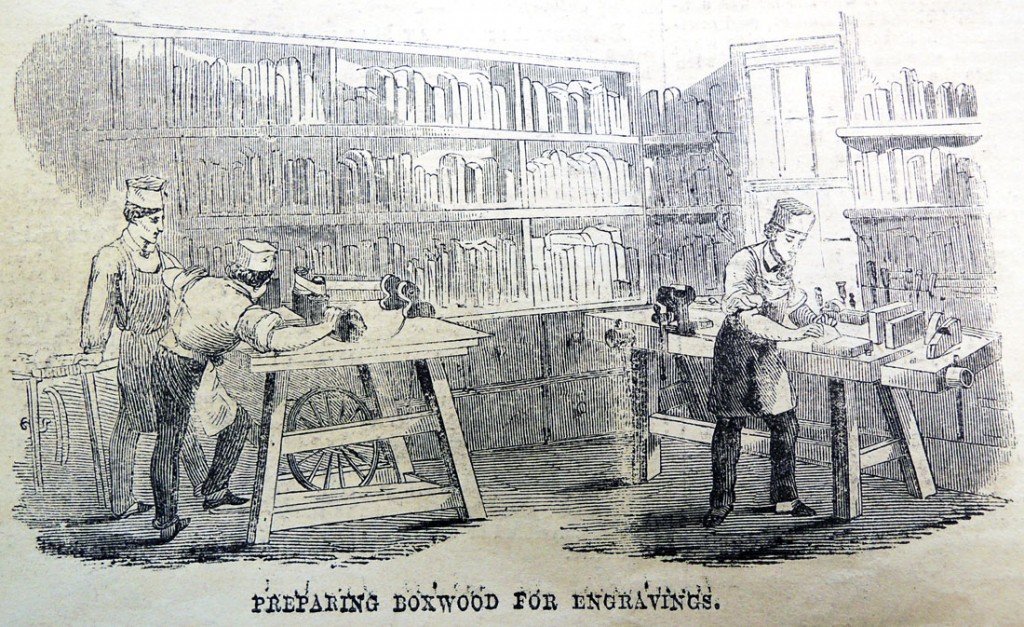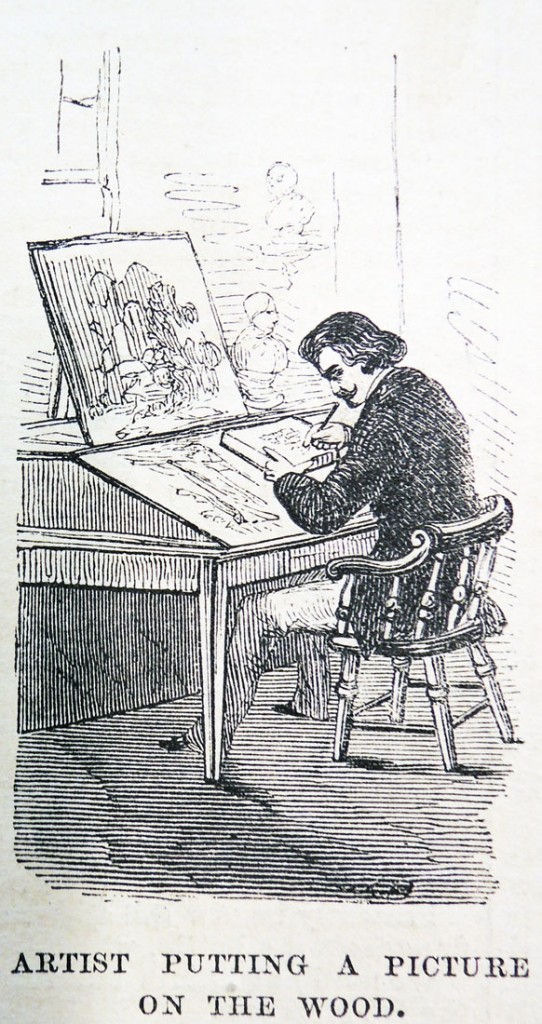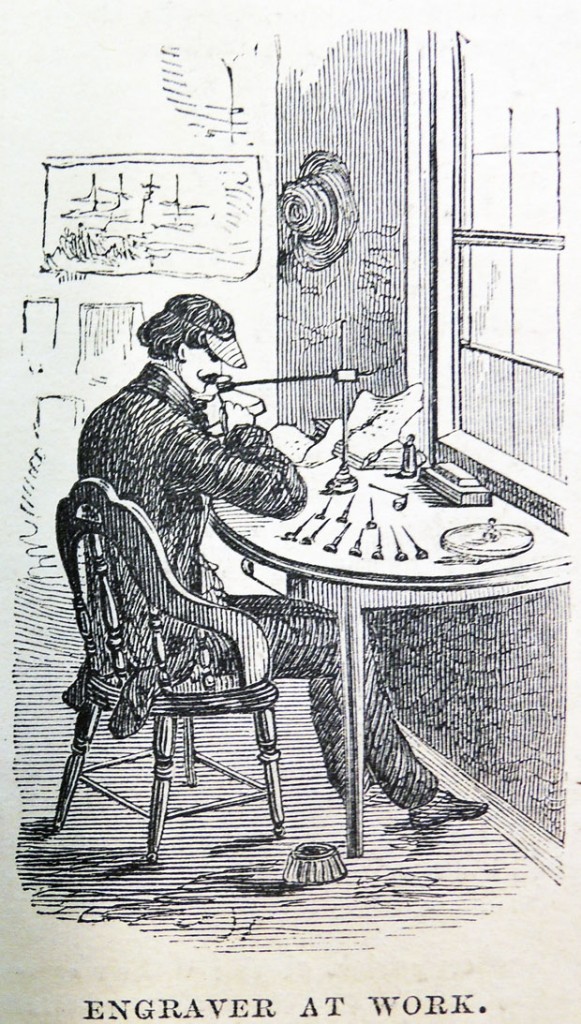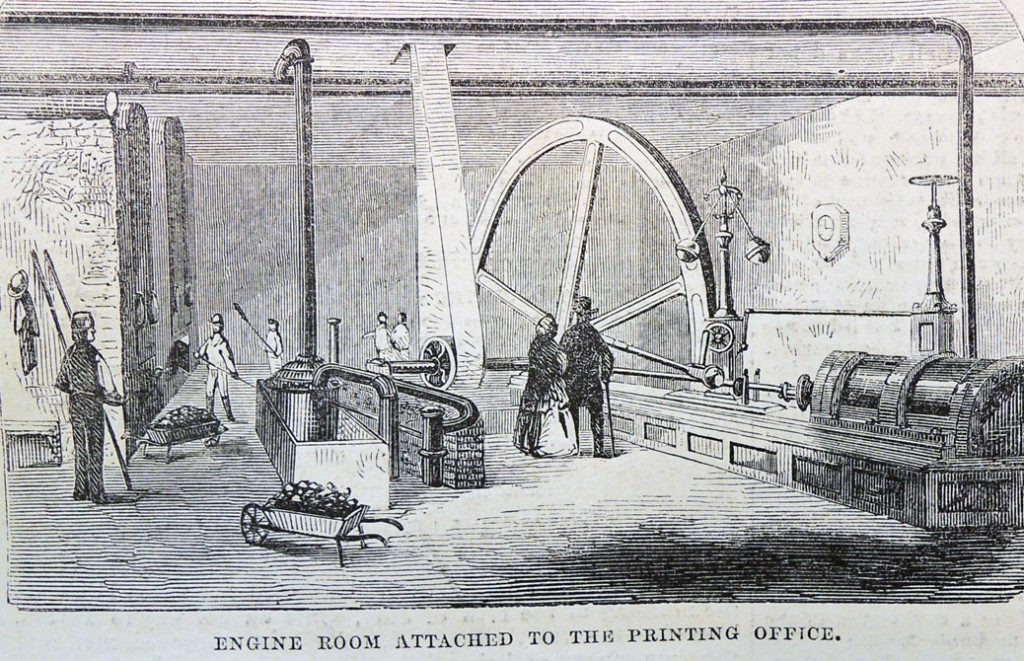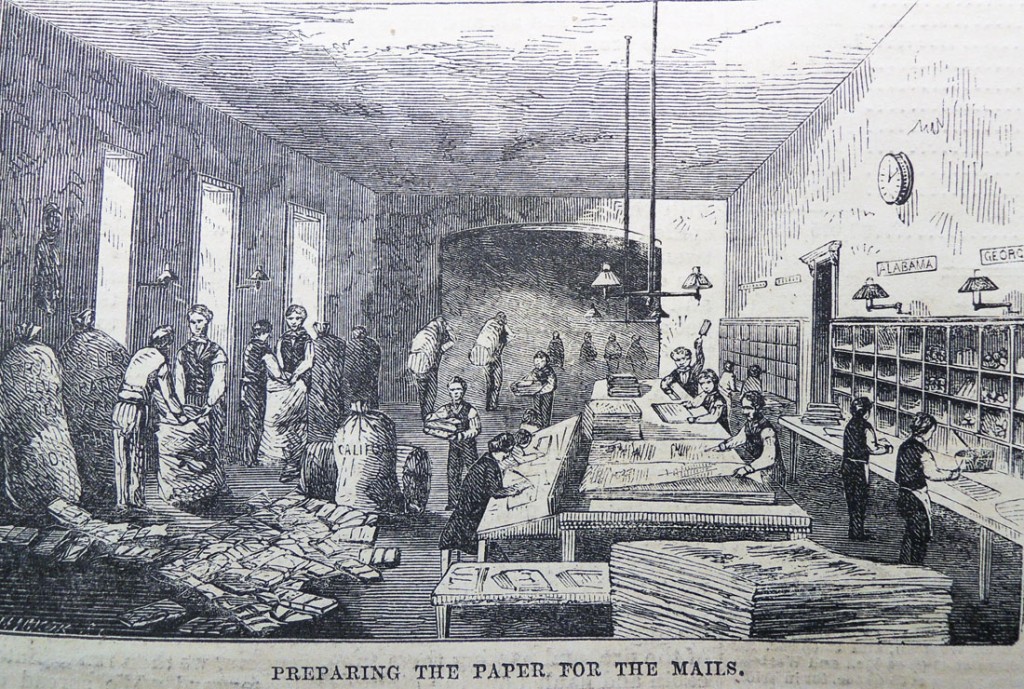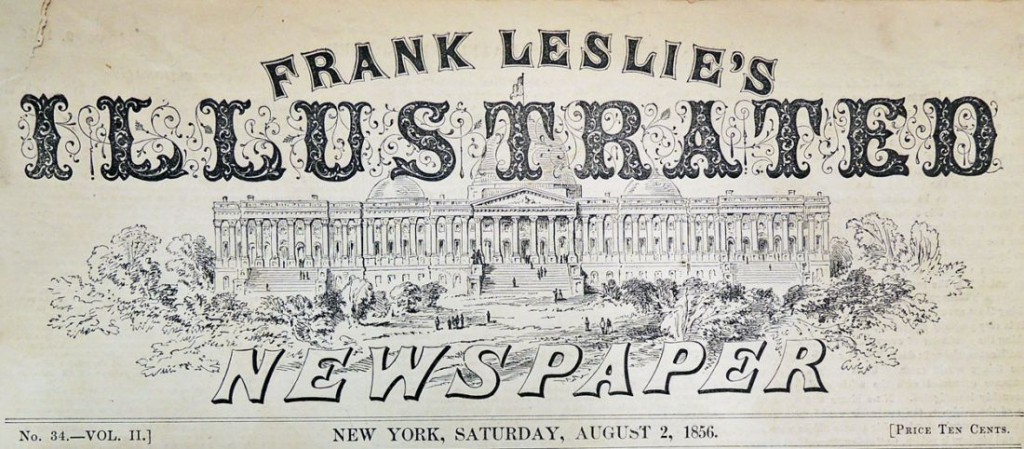 Walter Tittle (1883-1966), Portrait of Warren G. Harding (1865-1923), President of the United States of America, one of the American representatives at the Washington Conference on the Limitation of Armaments, 1921-22. Drypoint. “Signed Directly on copper from the life Walter Tittle Aug. 19 1920”. Graphic Arts Collection.
Walter Tittle (1883-1966), Portrait of Warren G. Harding (1865-1923), President of the United States of America, one of the American representatives at the Washington Conference on the Limitation of Armaments, 1921-22. Drypoint. “Signed Directly on copper from the life Walter Tittle Aug. 19 1920”. Graphic Arts Collection.
https://history.state.gov/milestones/1921-1936/naval-conference
The Washington Naval Conference (also called the Washington Arms Conference or the Washington Disarmament Conference), was chaired by President Warren G. Harding in Washington D.C. from November 12, 1921 to February 6. 1922. Delegates included representatives from the United States, Japan, China, France, Britain, Italy, Belgium, Netherlands, and Portugal. As a result of these talks, three major treaties were signed: Four-Power Treaty, Five-Power Treaty (more commonly known as the Washington Naval Treaty), the Nine-Power Treaty, and a number of smaller agreements. The link above offers more information.
The American artist Walter Tittle was commissioned to create portraits of the delegates, sketched with a needle directly onto copper plates. The final portfolio included twenty-five drypoints: Charles Evans Hughes, Secretary of State; Sen. Henry Cabot Lodge; Sir Auckland Campbell Geddes; Earl David Beatty; Sir Robert Laird Borden; Admiral Baron Kato, Premier of Japan; Prince Togugawa; Signor Carlo Schanzer; Admiral de Bon; Marquis Visconti Venosta; M. Albert Sarraut; Hon. David Lloyd George; Sir Maurice Pascal Alers Hankey; Sir Alfred Ernle Montacute Chatfield; Viscount Lee of Fareham; Lord Riddell of Walton Heath; Earl of Cavan; M. René Viviani, Premier of France; M. Fournier Sarlovèze; Marshall Foch; Dr. Sao-ke Alfred Sze; Hon. Elihu Root; W. Hon. John W. Garrett; Arthur Balfour; and Aristide Briand. A few are posted here.
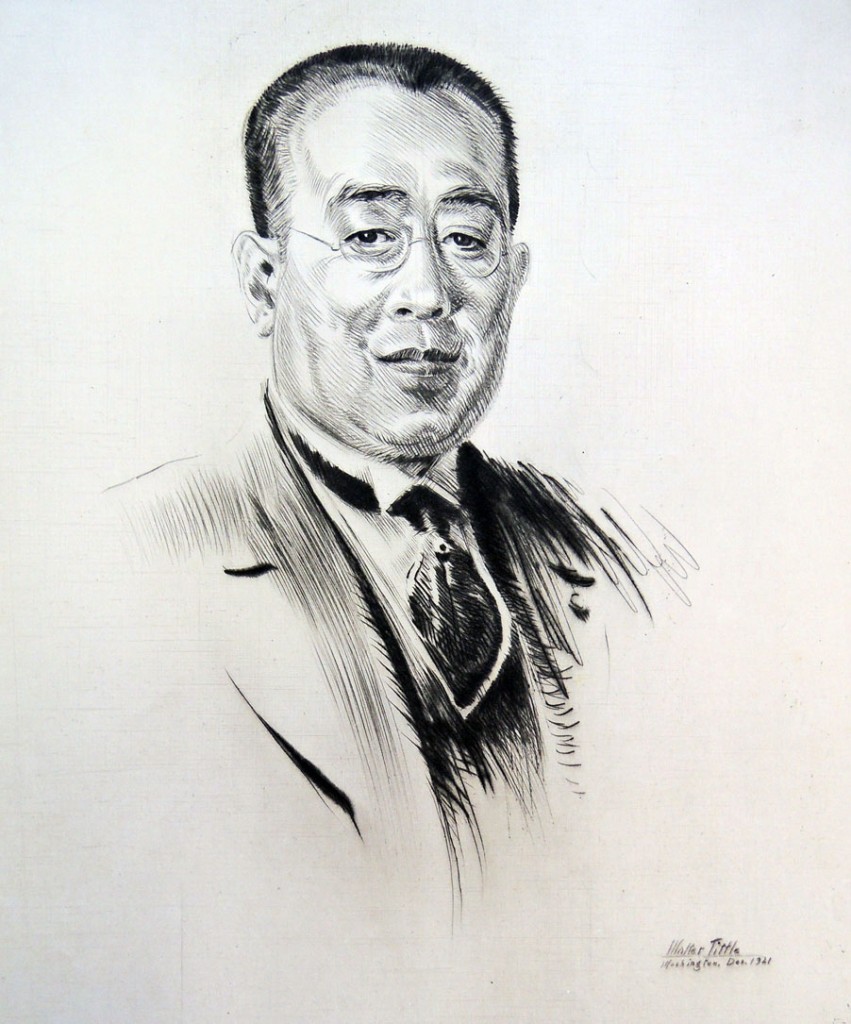 Walter Tittle (1883-1966), Portrait of Prince Tokugawa, President of the House of Peers in Japan, one of the Japanese representatives at the Washington Conference on the Limitation of Armaments, 1921-22. Drypoint. Signed “Walter Tittle Washington, Dec. 1921”. Graphic Arts Collection.
Walter Tittle (1883-1966), Portrait of Prince Tokugawa, President of the House of Peers in Japan, one of the Japanese representatives at the Washington Conference on the Limitation of Armaments, 1921-22. Drypoint. Signed “Walter Tittle Washington, Dec. 1921”. Graphic Arts Collection.
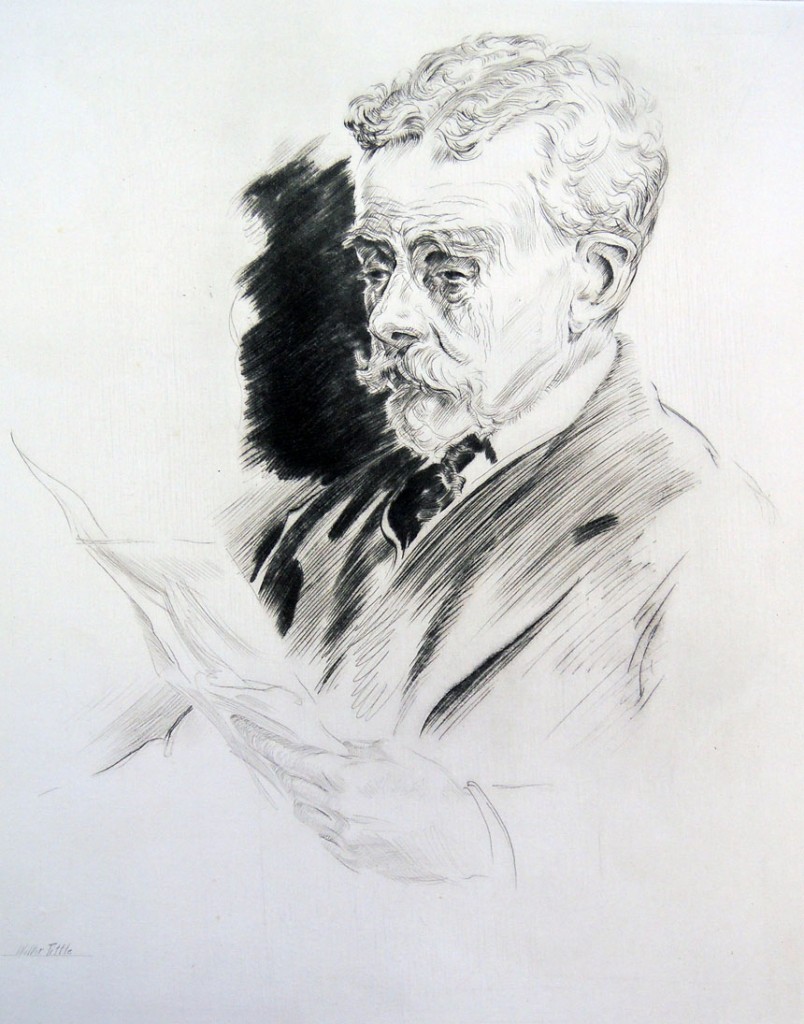 Walter Tittle (1883-1966), Portrait of Senator Henry Cabot Lodge, one of the American representatives at the Washington Conference on the Limitation of Armaments, 1921-22. Drypoint. Signed “Walter Tittle” in pencil. Graphic Arts Collection.
Walter Tittle (1883-1966), Portrait of Senator Henry Cabot Lodge, one of the American representatives at the Washington Conference on the Limitation of Armaments, 1921-22. Drypoint. Signed “Walter Tittle” in pencil. Graphic Arts Collection.
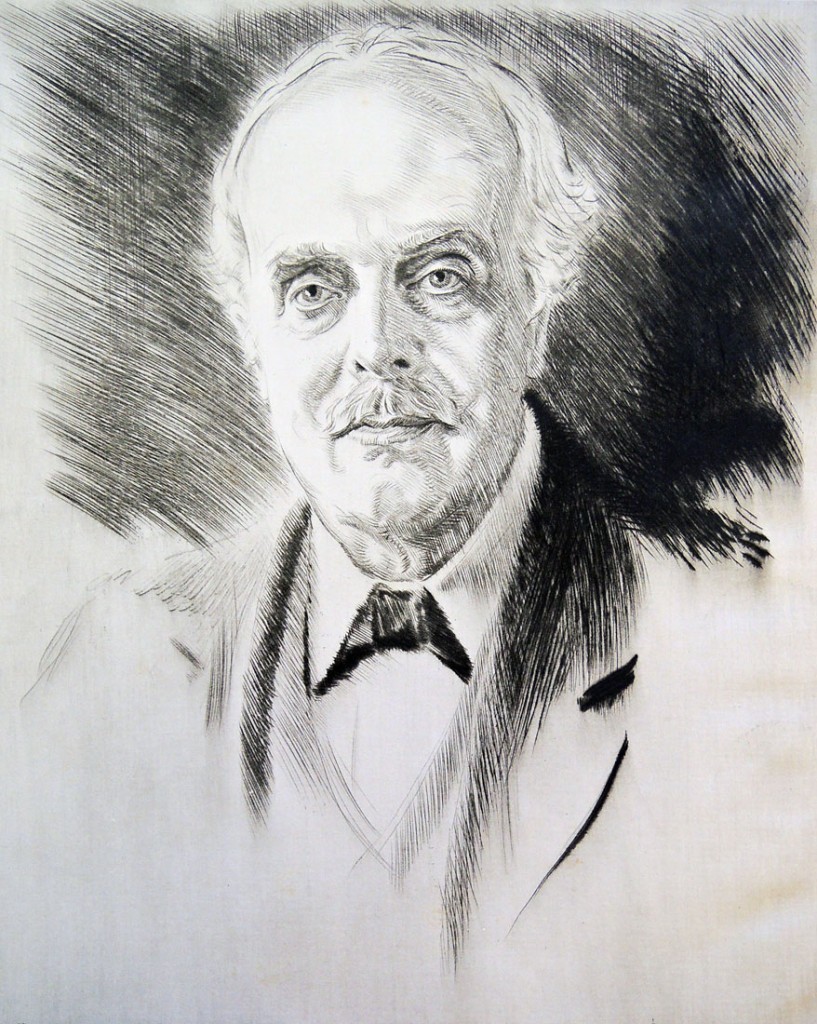 Walter Tittle (1883-1966), Portrait of the Earl of Balfour, K. G., one of the British representatives at the Washington Conference on the Limitation of Armaments, 1921-22. Drypoint. Signed “Walter Tittle Washington Dec. 1921”. Graphic Arts Collection.
Walter Tittle (1883-1966), Portrait of the Earl of Balfour, K. G., one of the British representatives at the Washington Conference on the Limitation of Armaments, 1921-22. Drypoint. Signed “Walter Tittle Washington Dec. 1921”. Graphic Arts Collection.
 Walter Tittle (1883-1966), Portrait of Charles Evans Hughes, Secretary of State, one of the American representatives at the Washington Conference on the Limitation of Armaments, 1921-22. Drypoint. Signed “Walter Tittle Washington, 1922”. Graphic Arts Collection
Walter Tittle (1883-1966), Portrait of Charles Evans Hughes, Secretary of State, one of the American representatives at the Washington Conference on the Limitation of Armaments, 1921-22. Drypoint. Signed “Walter Tittle Washington, 1922”. Graphic Arts Collection
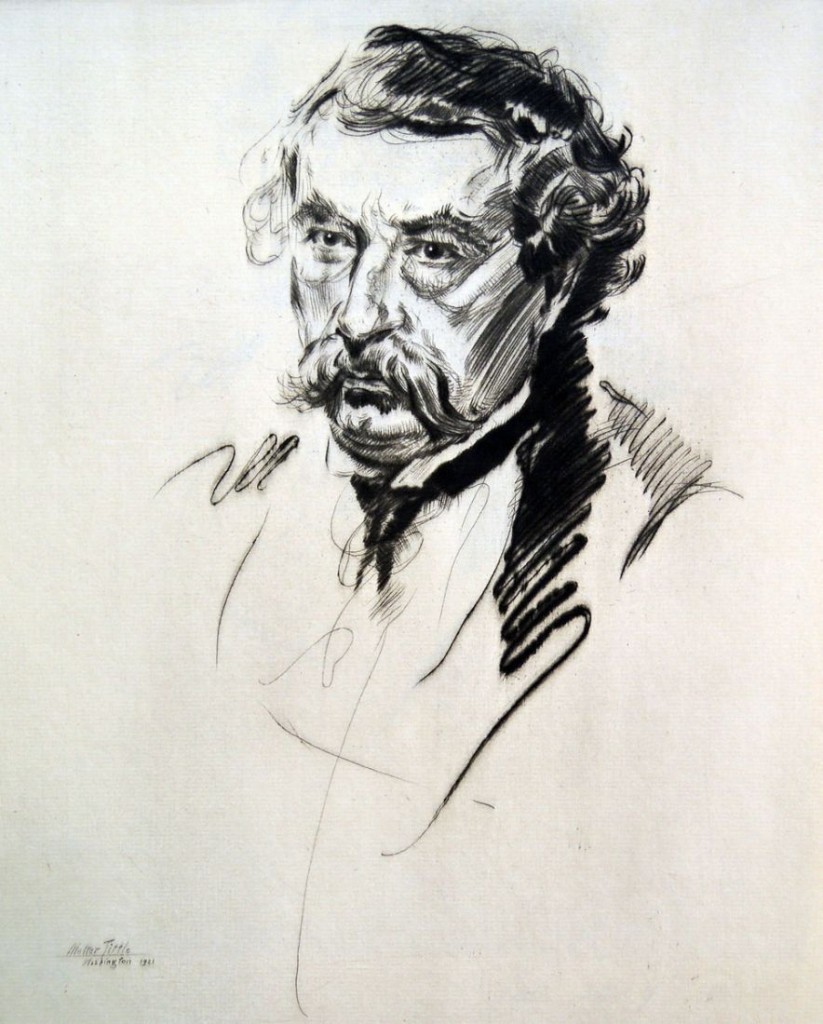 Walter Tittle (1883-1966), Portrait of Aristide Briand, Premier of France, one of the French representatives at the Washington Conference on the Limitation of Armaments, 1921-22. Drypoint. Signed “Walter Tittle Washington, 1921”. Graphic Arts Collection.
Walter Tittle (1883-1966), Portrait of Aristide Briand, Premier of France, one of the French representatives at the Washington Conference on the Limitation of Armaments, 1921-22. Drypoint. Signed “Walter Tittle Washington, 1921”. Graphic Arts Collection.
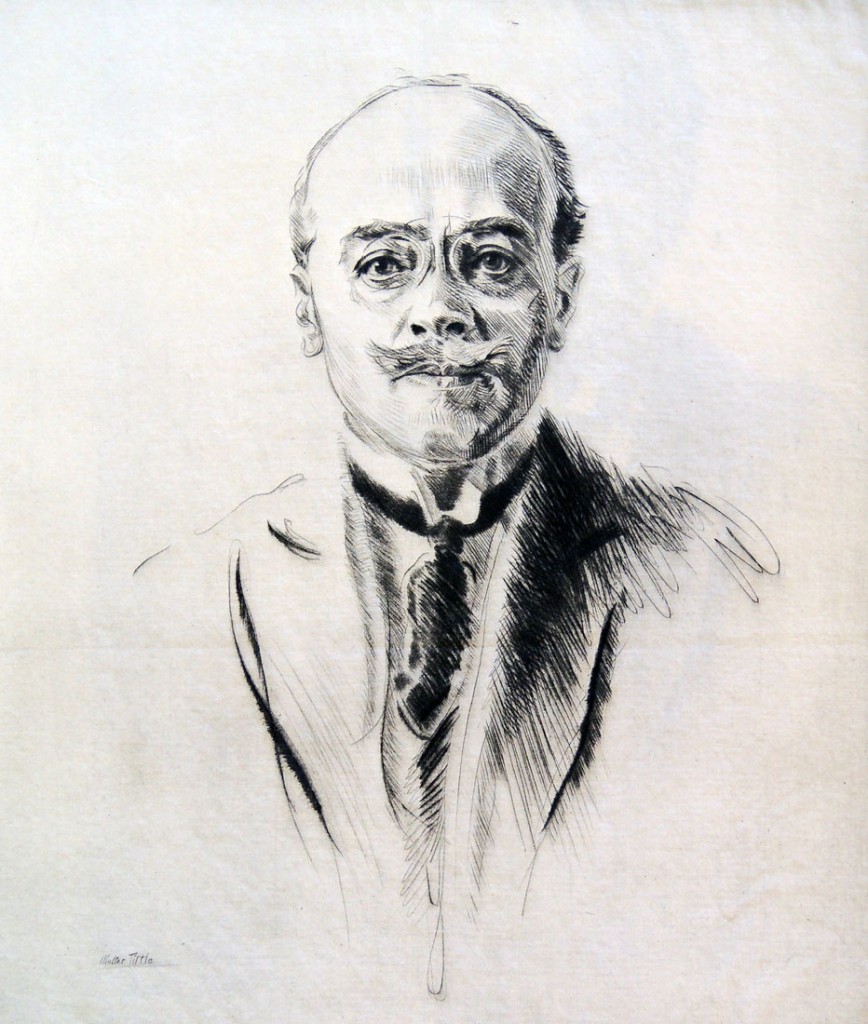 Walter Tittle (1883-1966), Portrait of Albert Sarraut, Minister for the French Colonies, one of the French representatives at the Washington Conference on the Limitation of Armaments, 1921-22. Drypoint. Signed in pencil “Walter Tittle”. Graphic Arts Collection.
Walter Tittle (1883-1966), Portrait of Albert Sarraut, Minister for the French Colonies, one of the French representatives at the Washington Conference on the Limitation of Armaments, 1921-22. Drypoint. Signed in pencil “Walter Tittle”. Graphic Arts Collection.
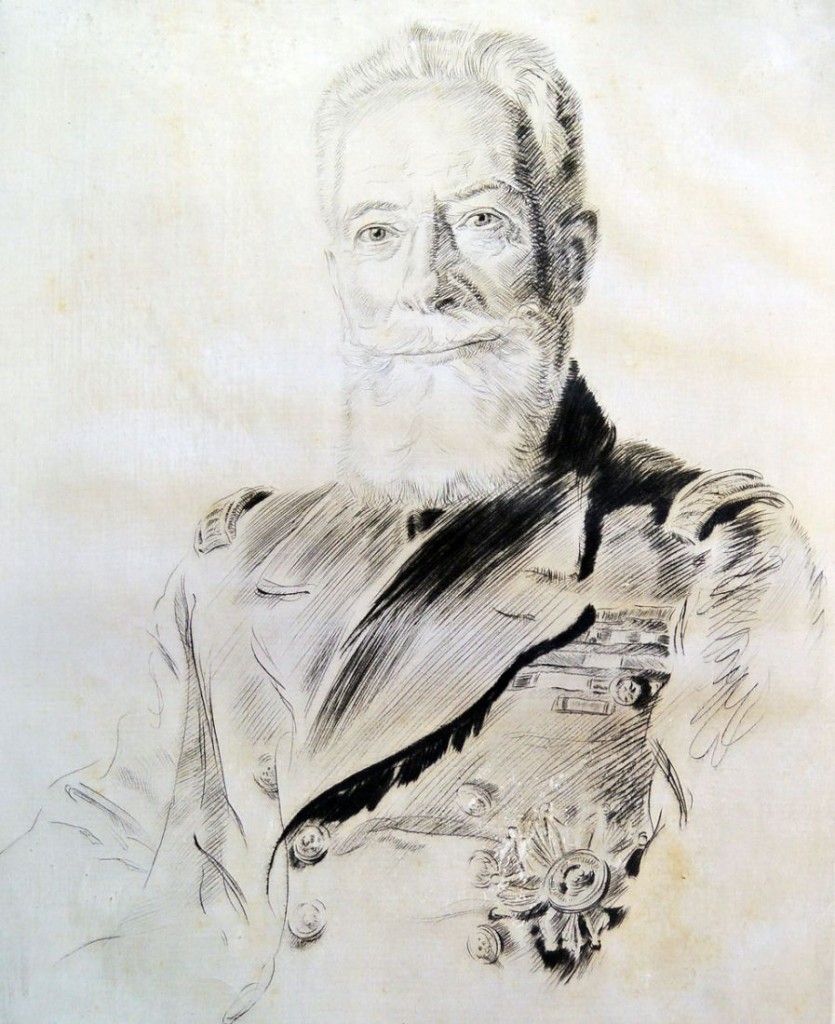 Walter Tittle (1883-1966), Portrait of Admiral Ferdinand H. H. de Bon, one of the French representatives at the Washington Conference on the Limitation of Armaments, 1921-22. Drypoint. Signed in pencil “Walter Tittle”. Graphic Arts Collection.
Walter Tittle (1883-1966), Portrait of Admiral Ferdinand H. H. de Bon, one of the French representatives at the Washington Conference on the Limitation of Armaments, 1921-22. Drypoint. Signed in pencil “Walter Tittle”. Graphic Arts Collection.
 Walter Tittle (1883-1966), Portrait of Admiral Baron Kato, Premier of Japan, one of the Japanese representatives at the Washington Conference on the Limitation of Armaments, 1921-22. Drypoint. Signed “Walter Tittle Washington, Dec. 1921”. Graphic Arts Collection.
Walter Tittle (1883-1966), Portrait of Admiral Baron Kato, Premier of Japan, one of the Japanese representatives at the Washington Conference on the Limitation of Armaments, 1921-22. Drypoint. Signed “Walter Tittle Washington, Dec. 1921”. Graphic Arts Collection.
See also: Hugh Latimer, Naval Disarmament, a Brief Record from the Washington Conference to Date (London: The Royal Institute of International Affairs, 1930). Firestone Library JZ5625 .L385 1930
A Momentous Gathering — But Limited Success. That Was Then: October 1921 by John S. Weeren: https://paw.princeton.edu/issues/2015/10/21/that-was-then/
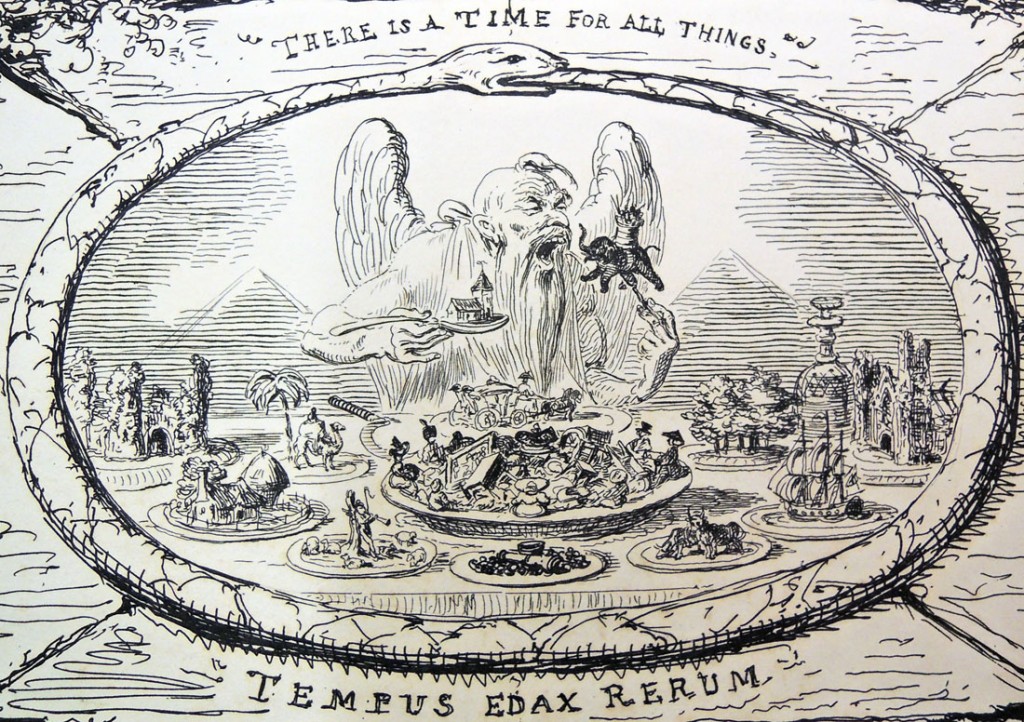 Posted for everyone who is feeling a lack of time these days.
Posted for everyone who is feeling a lack of time these days.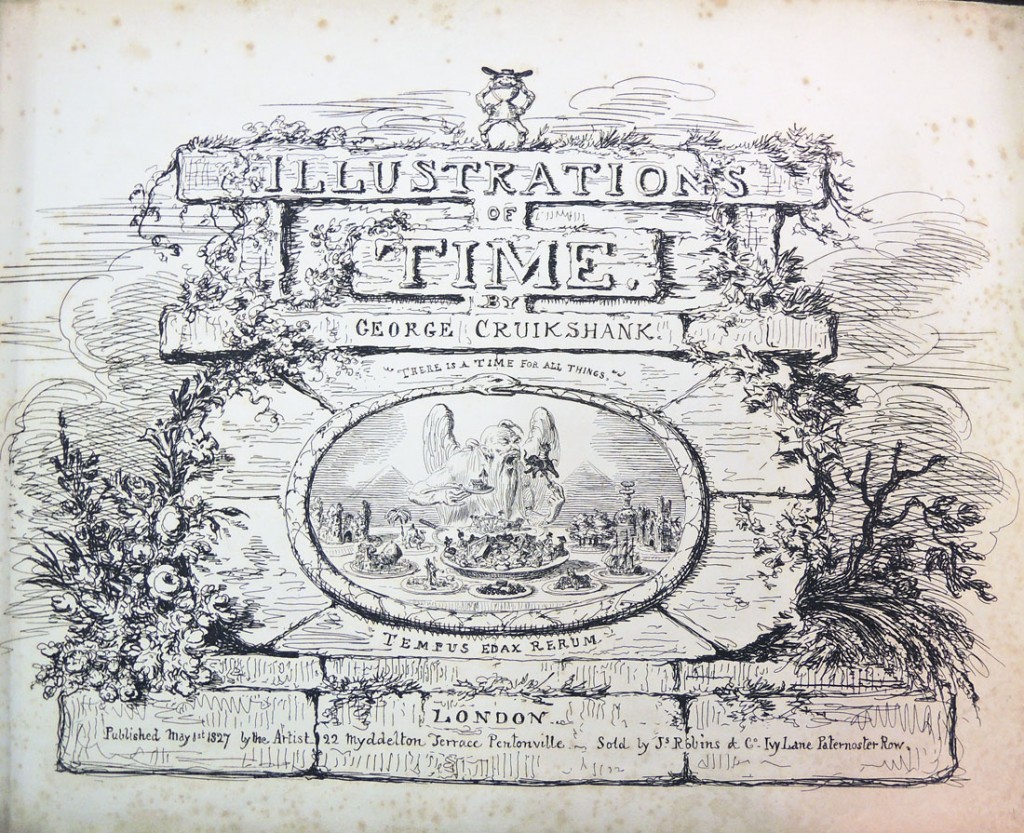
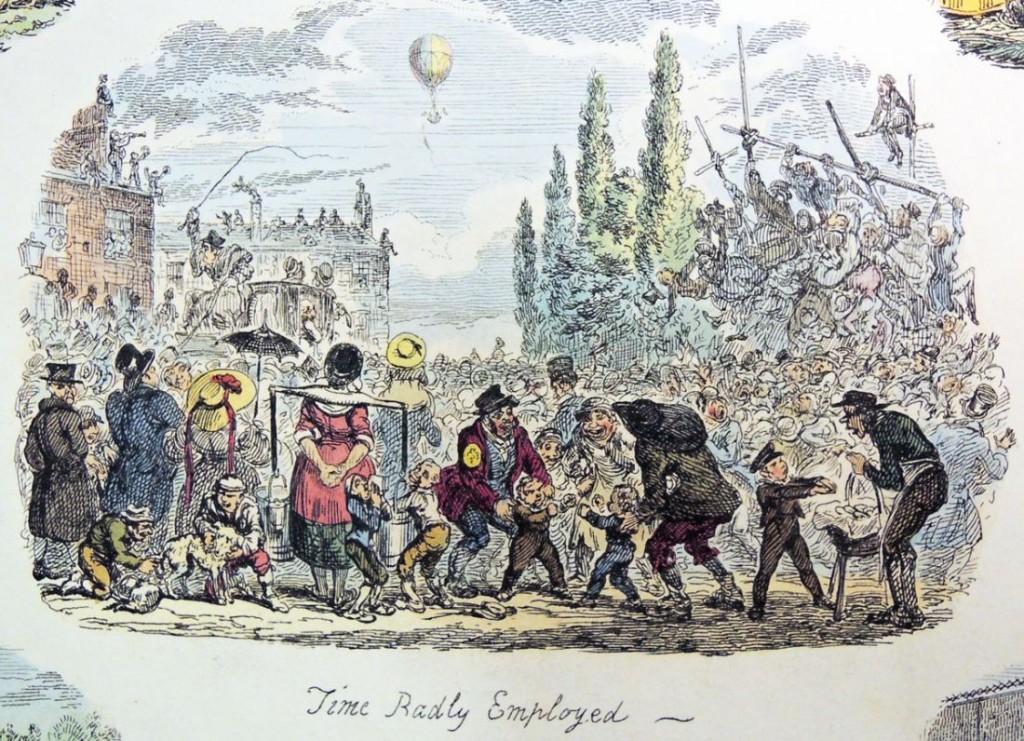 Time Badly Employed
Time Badly Employed


